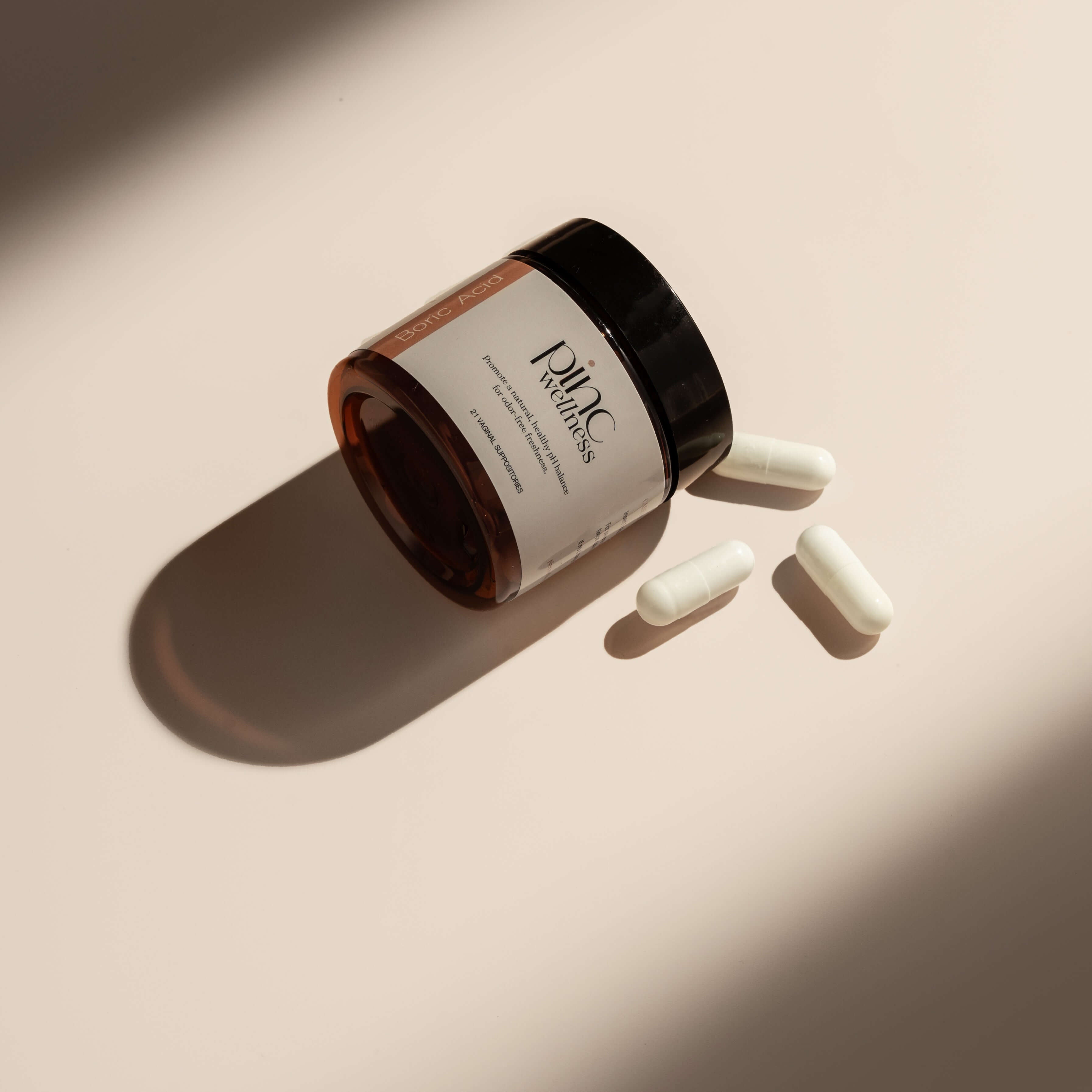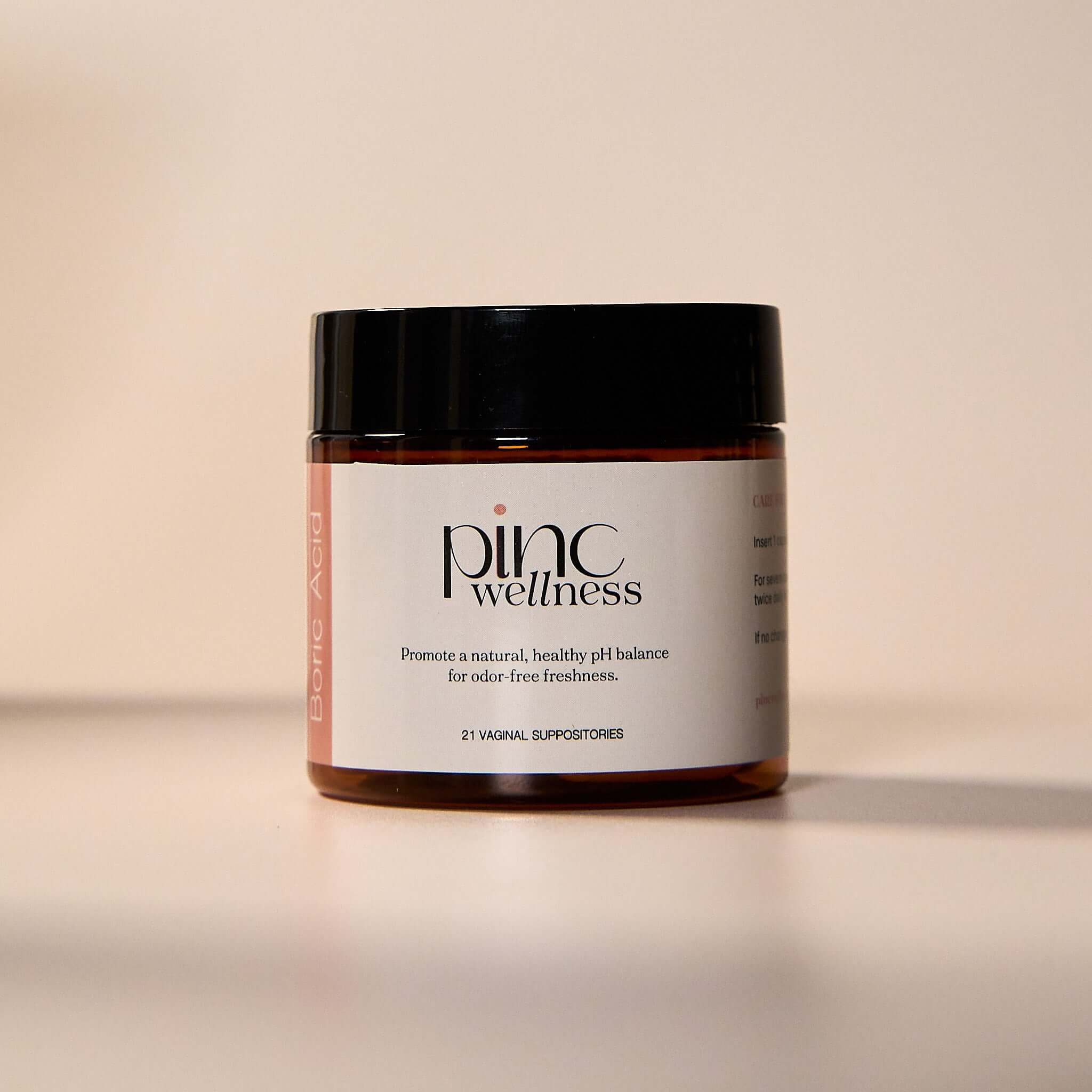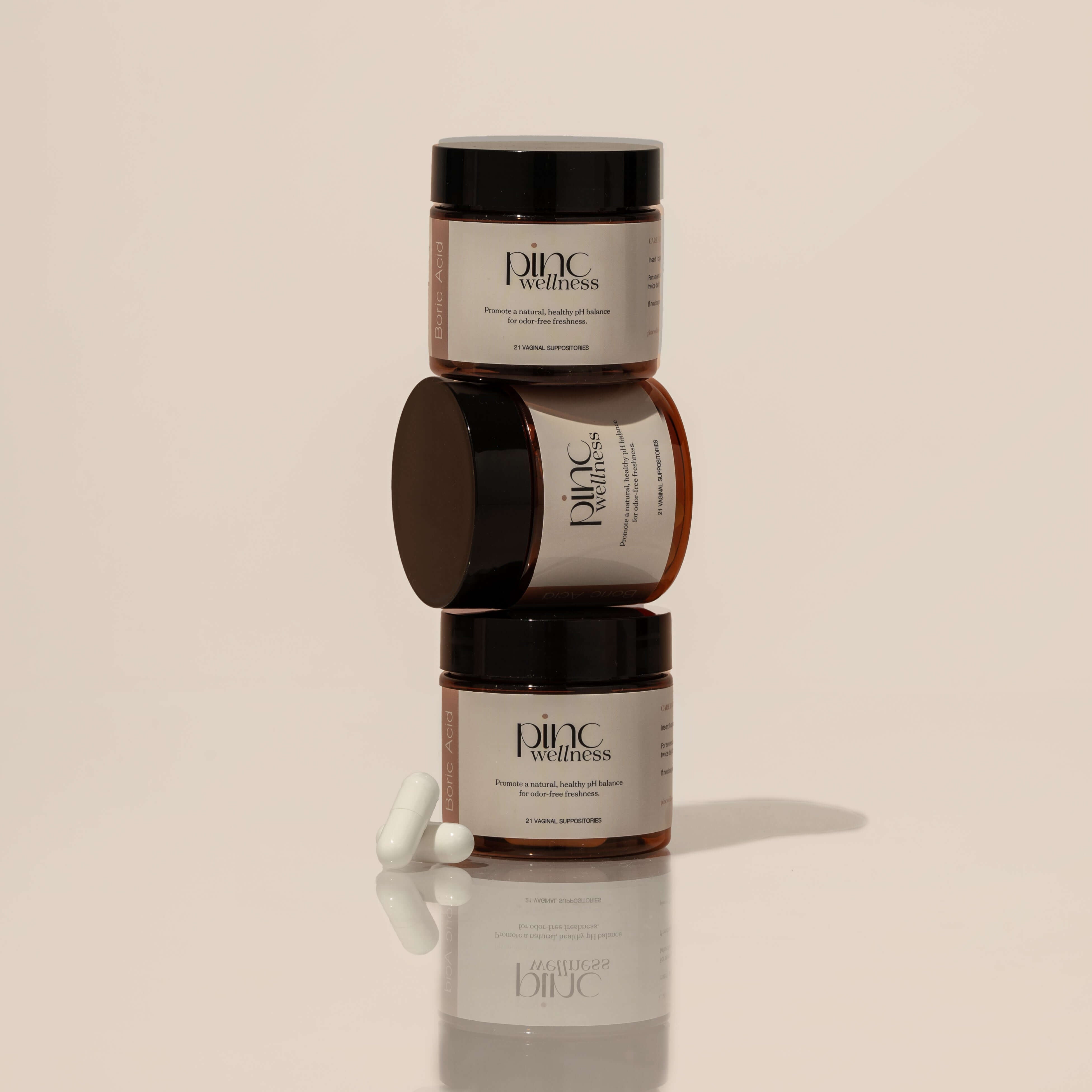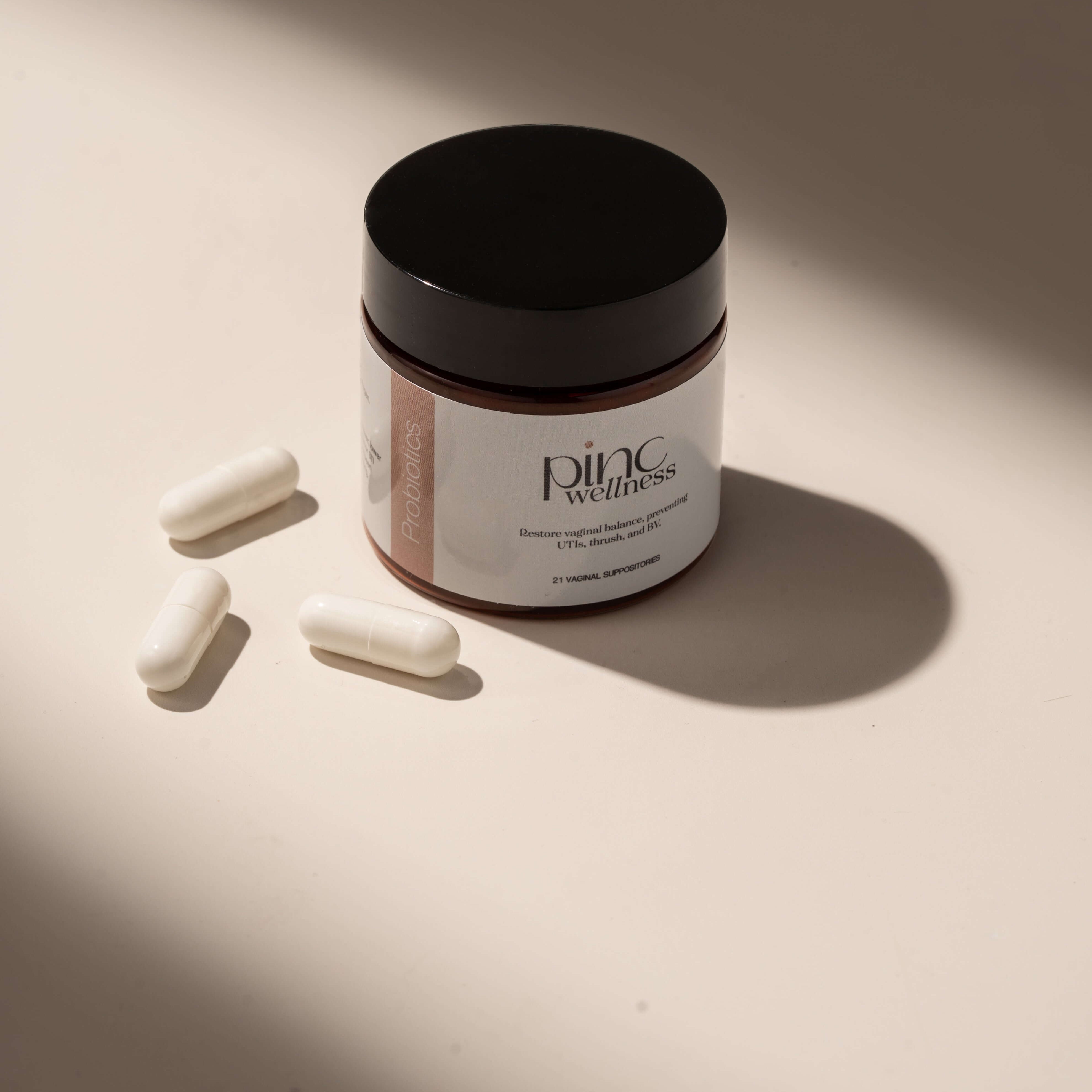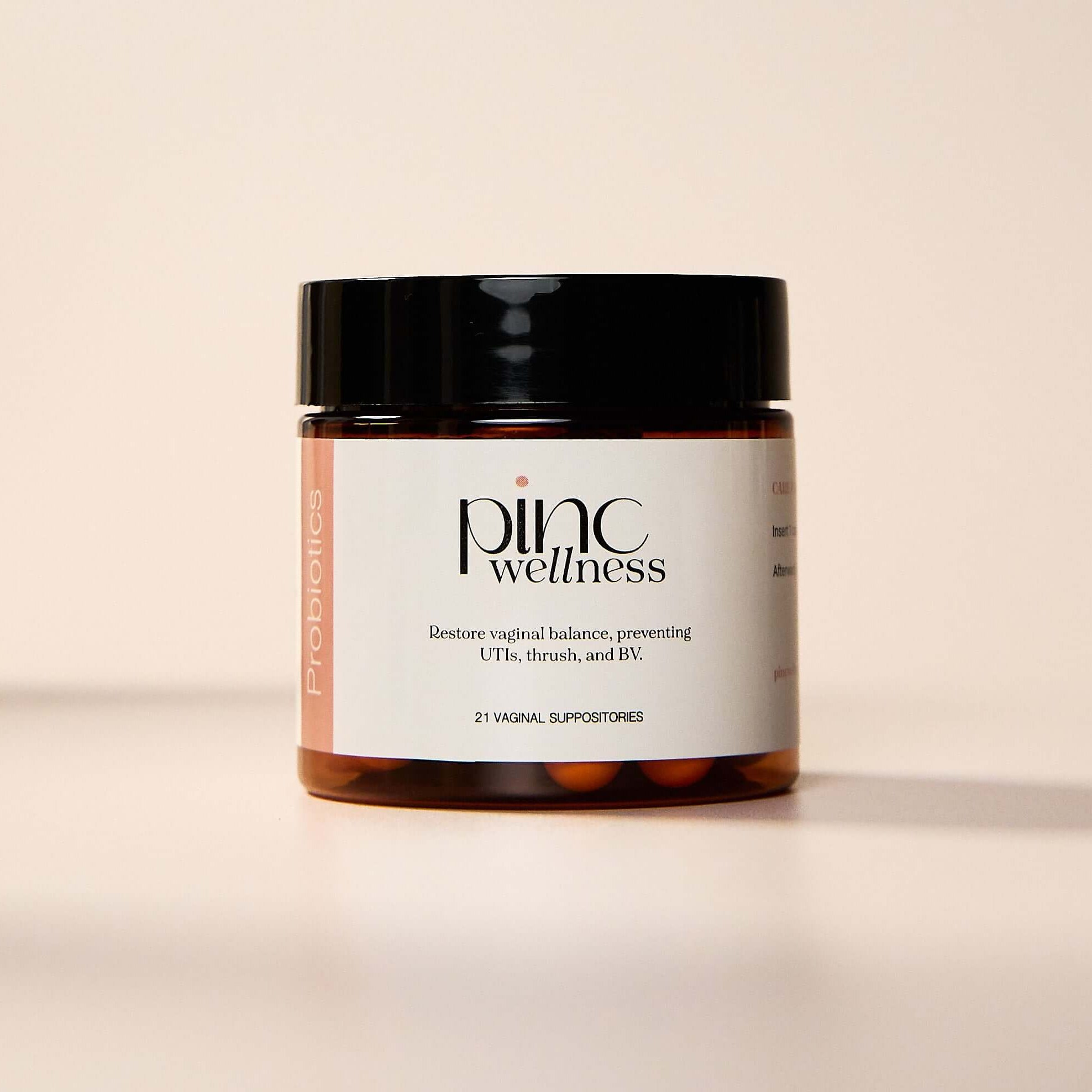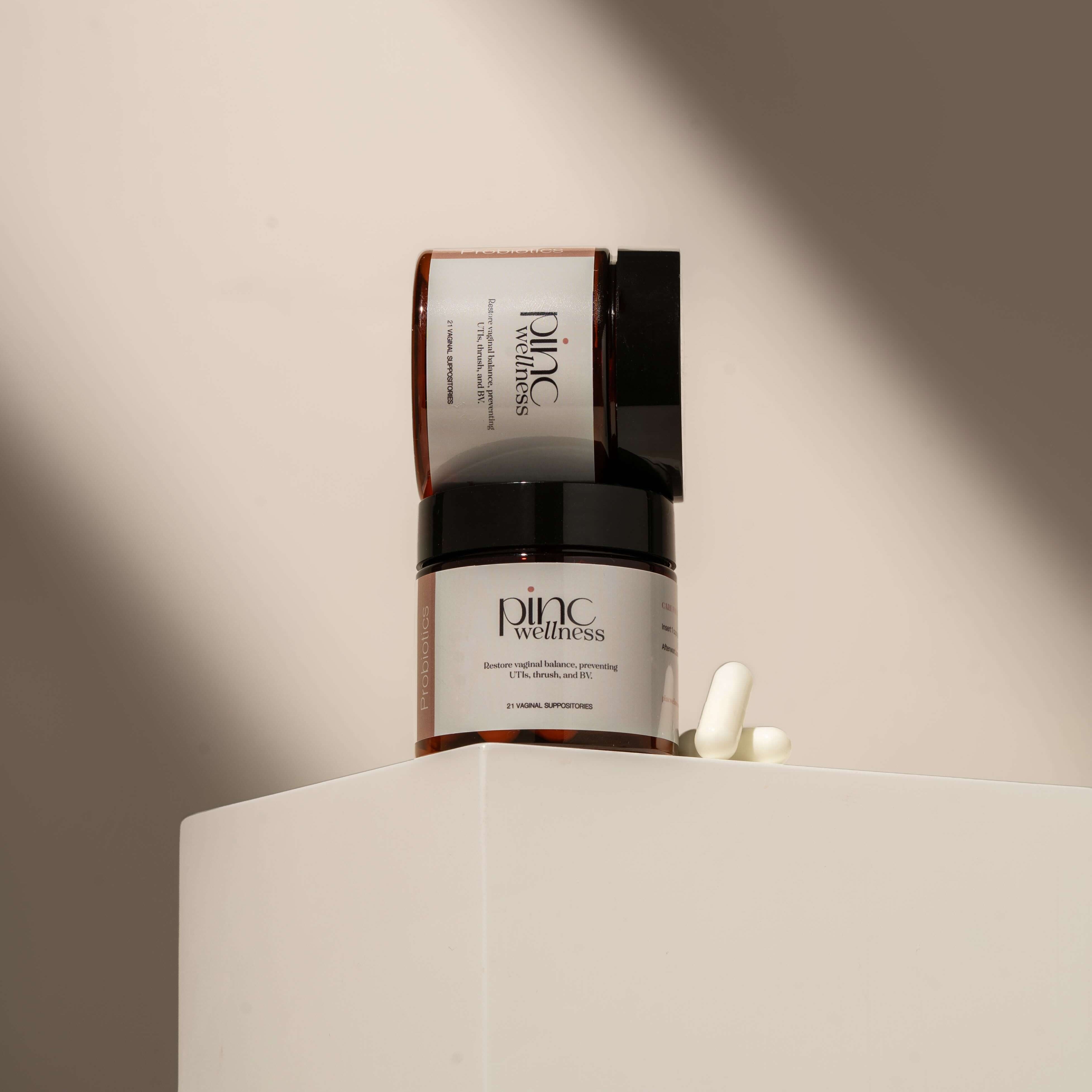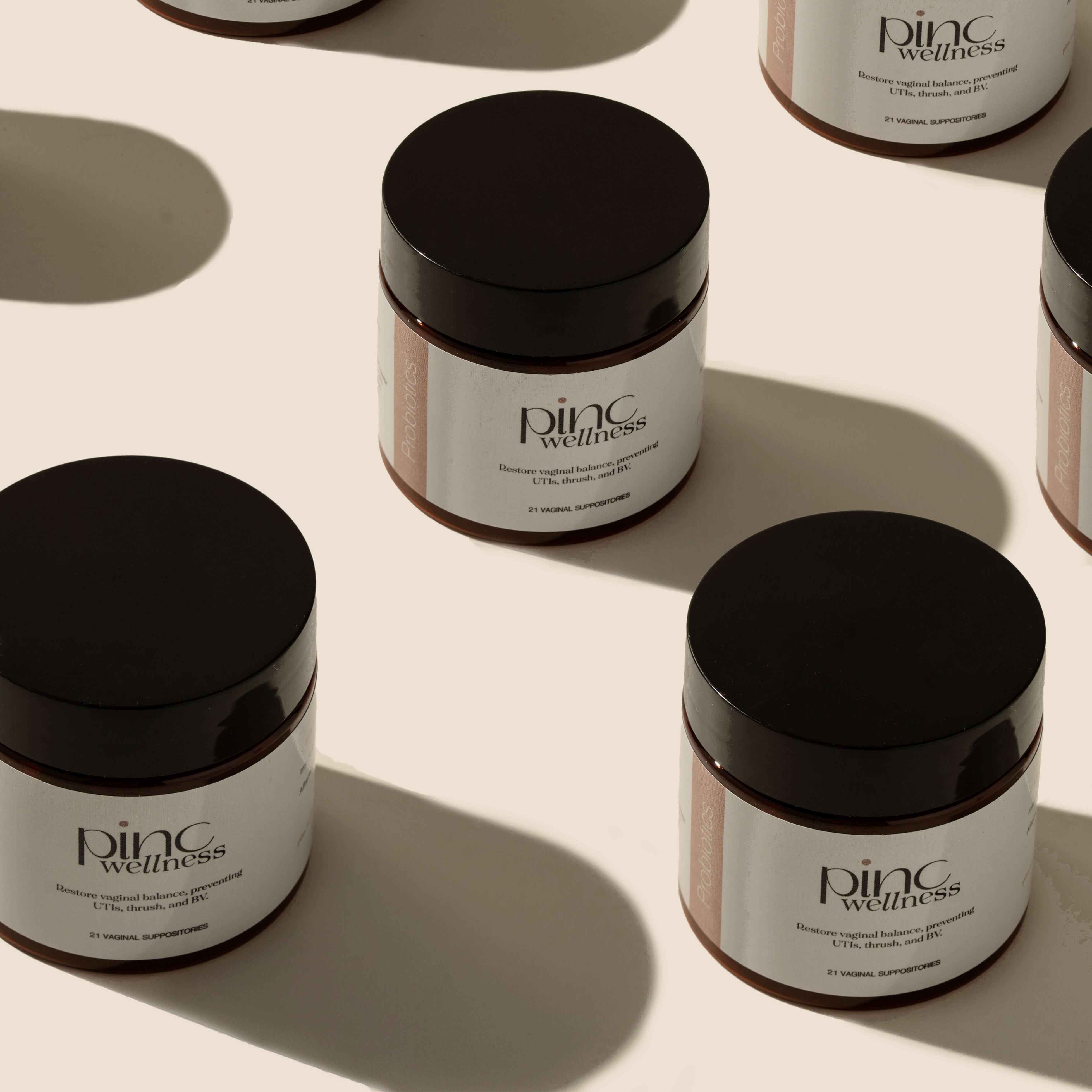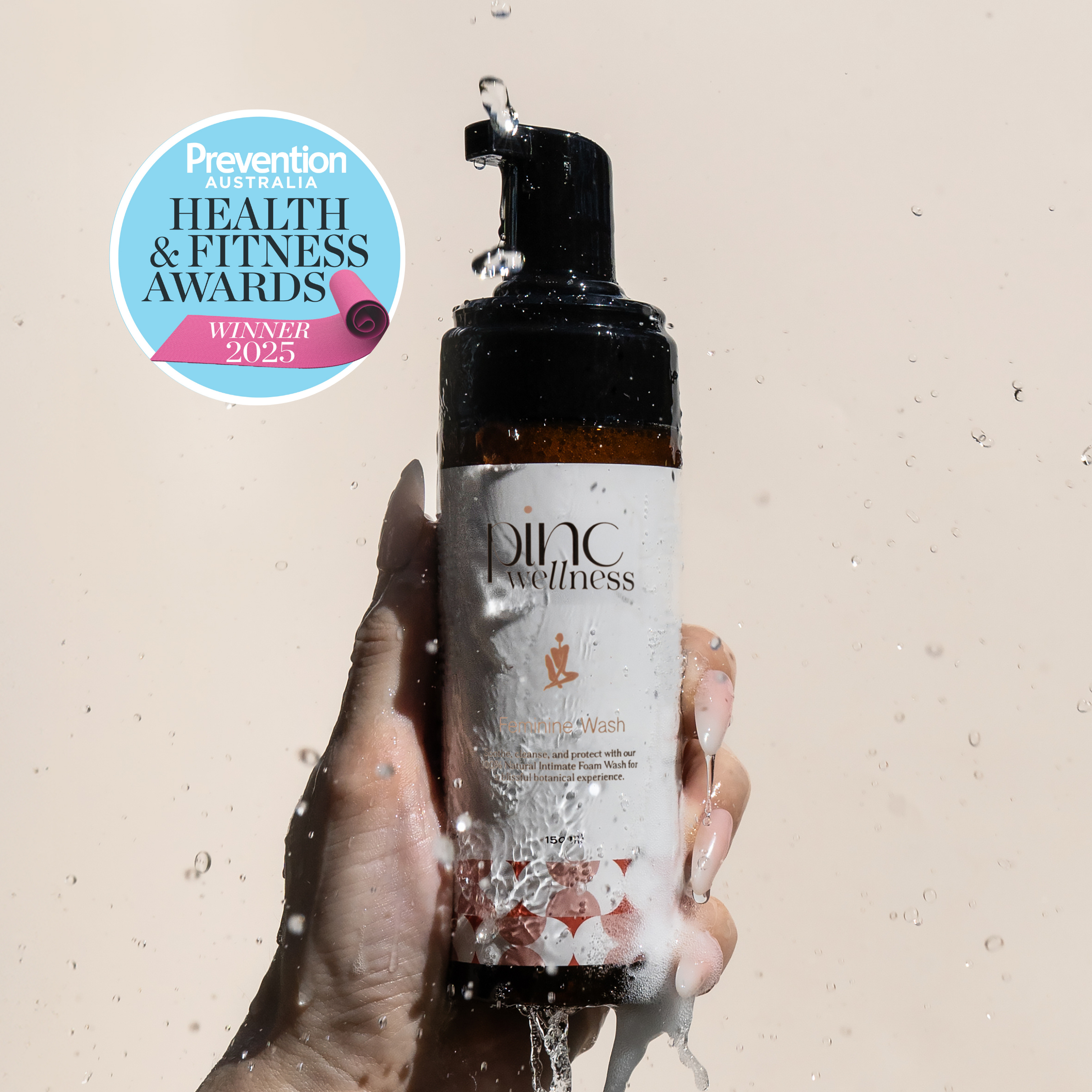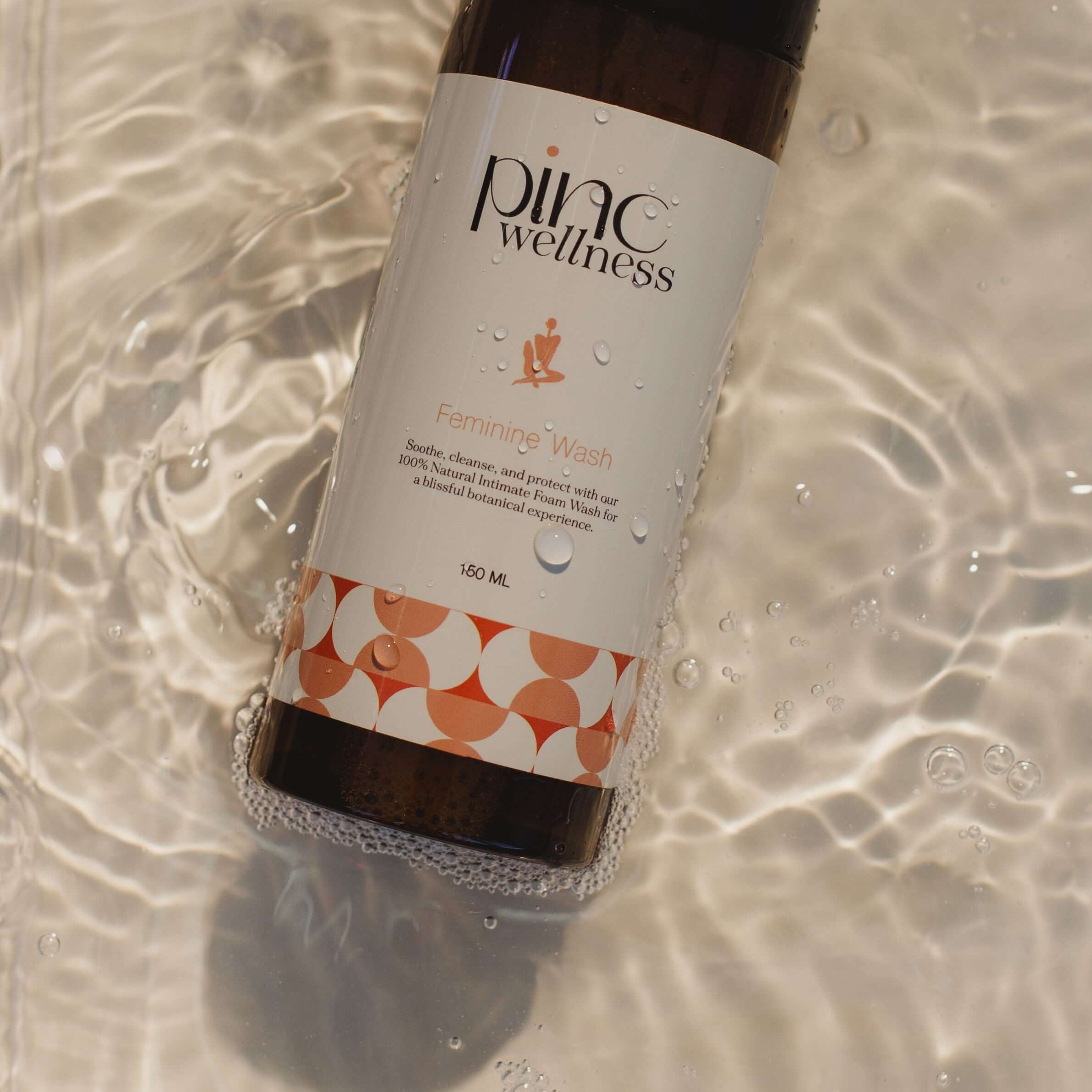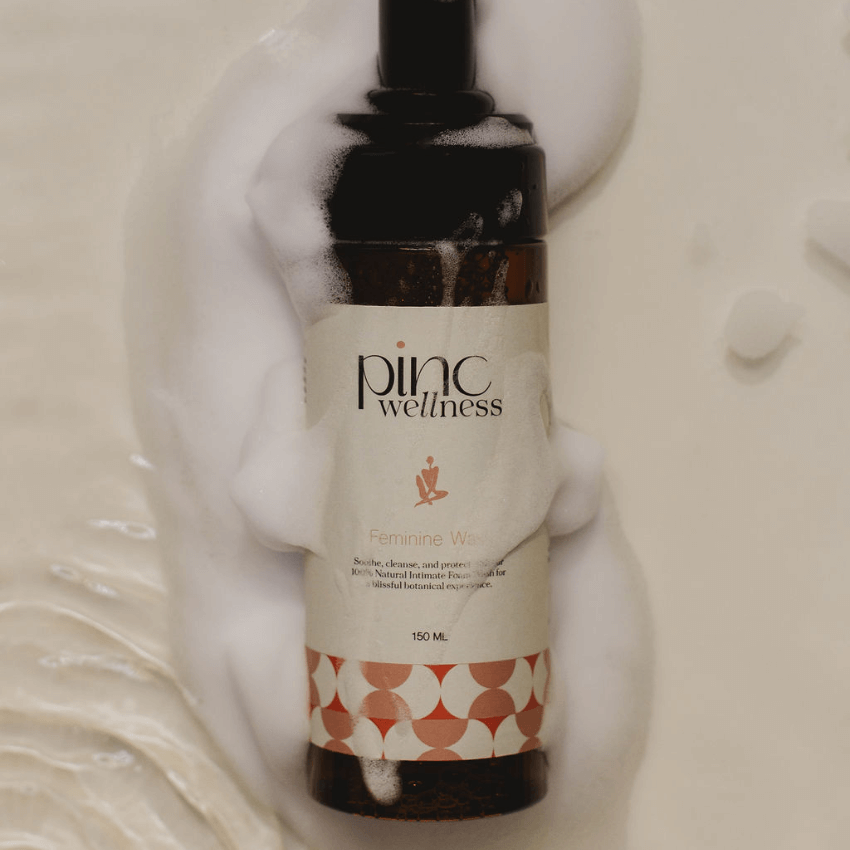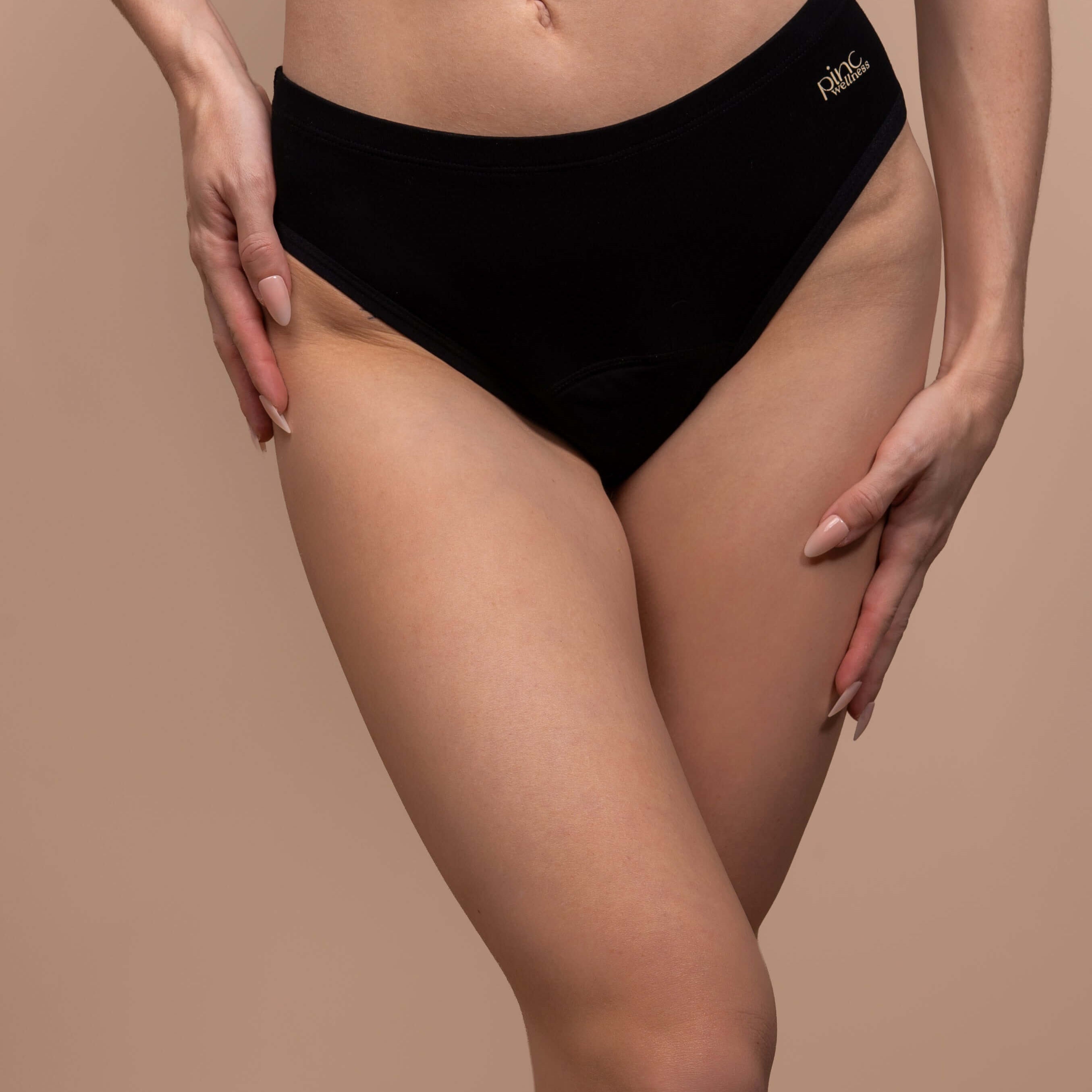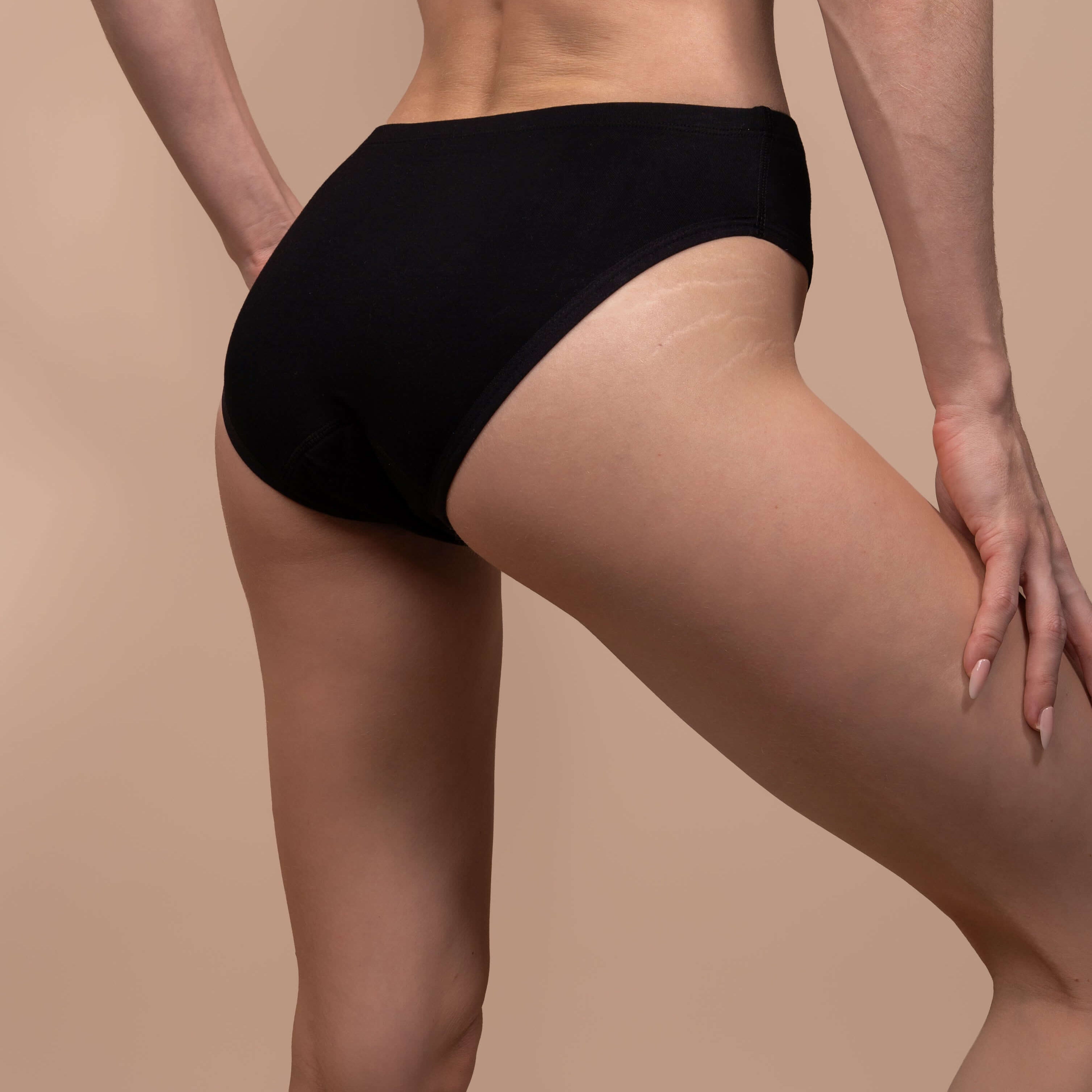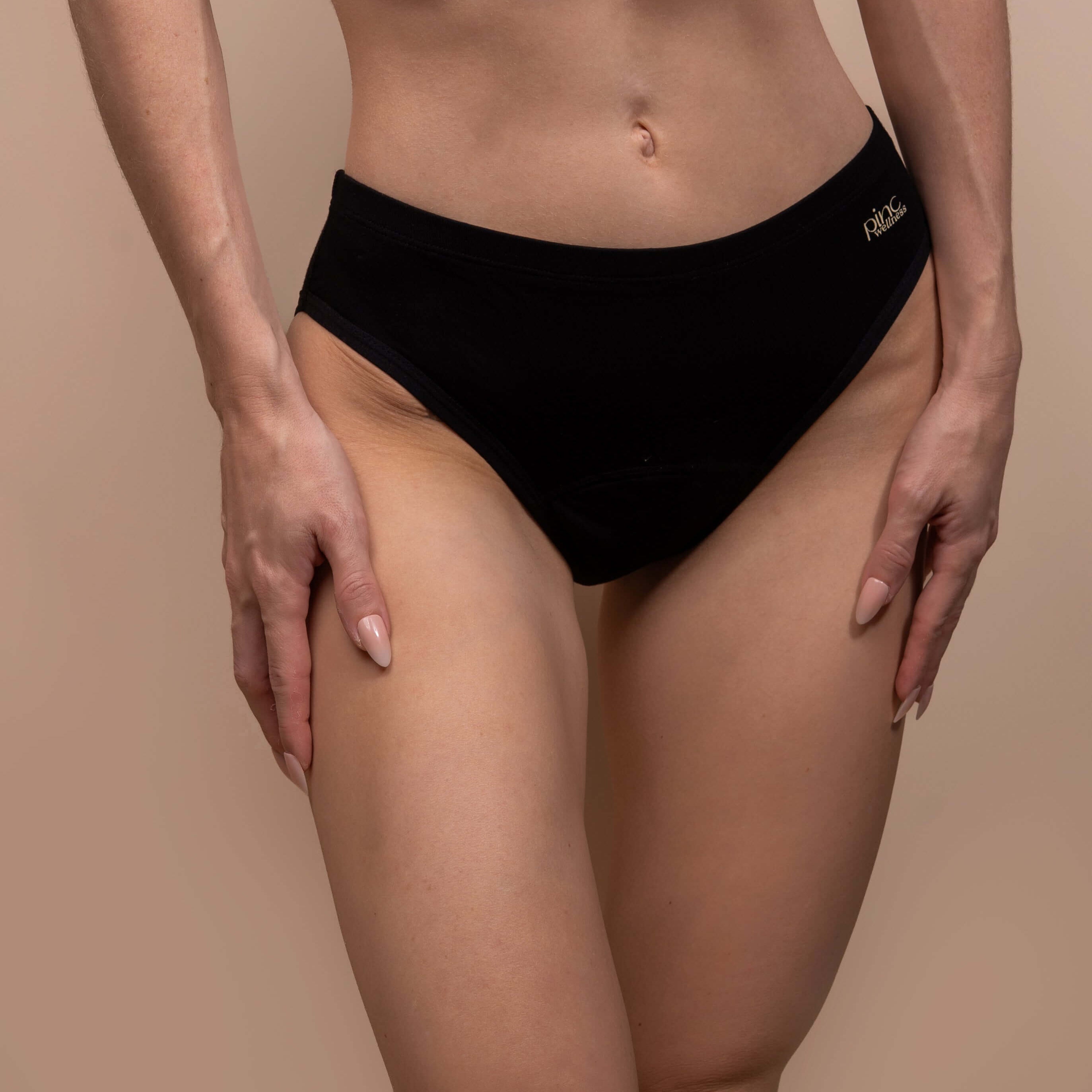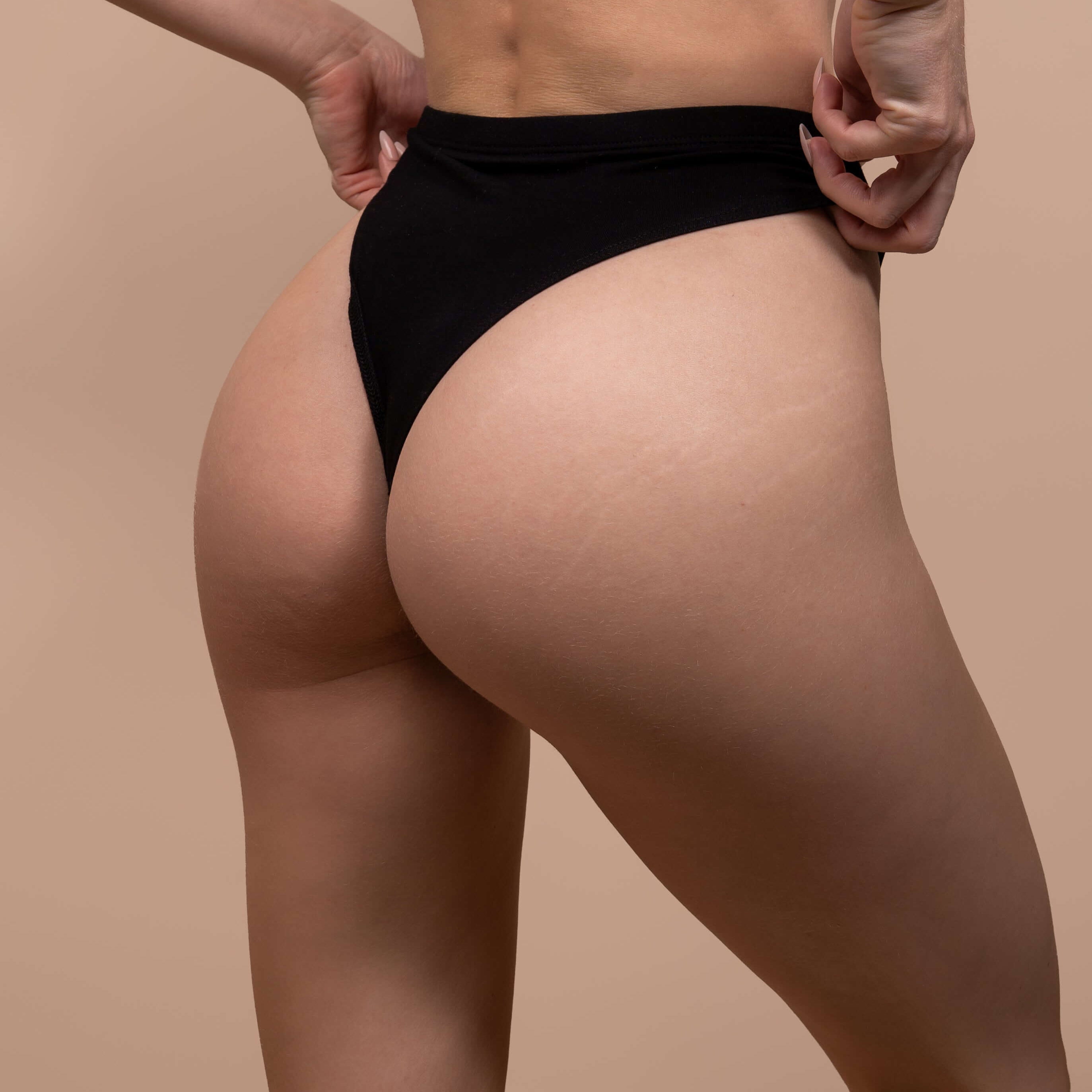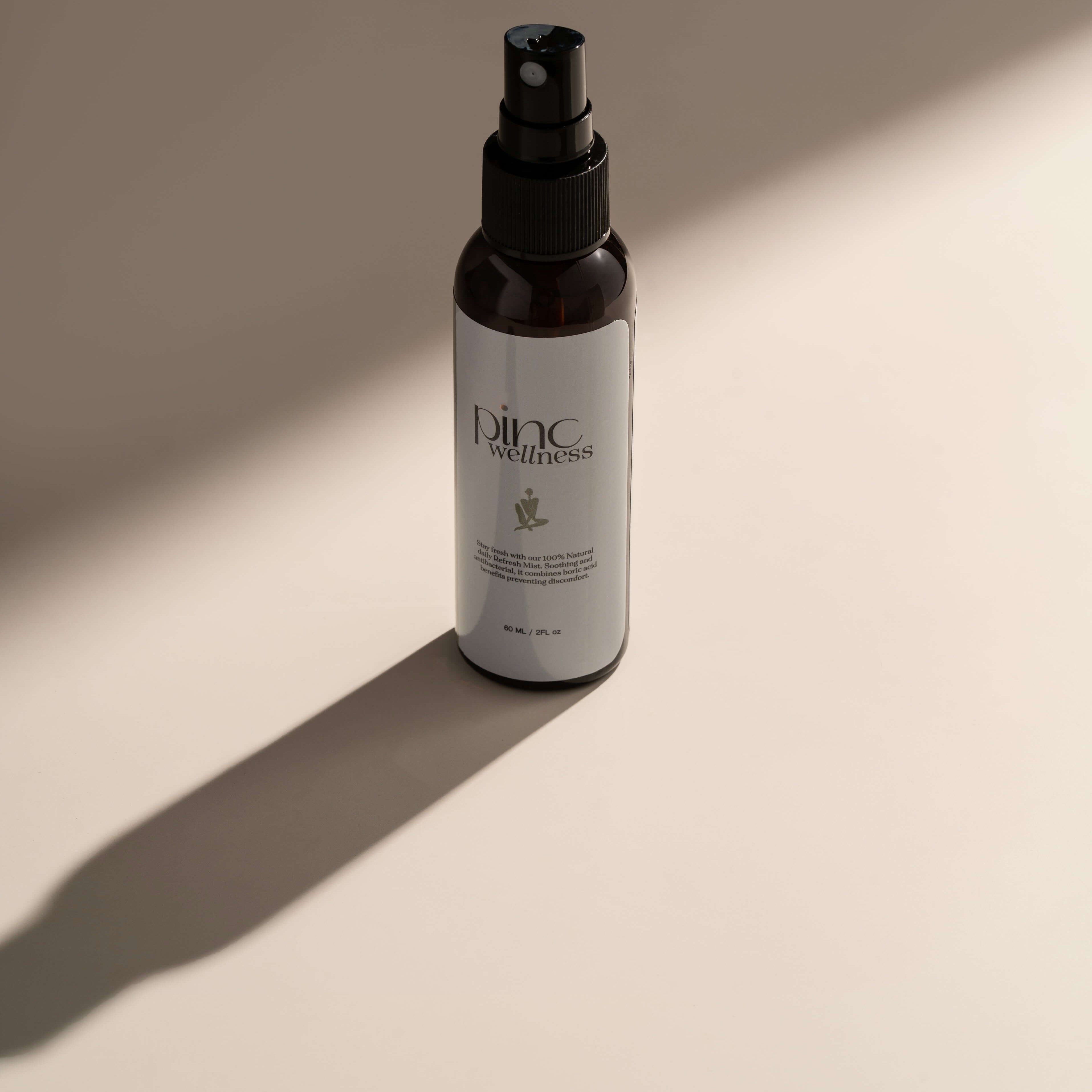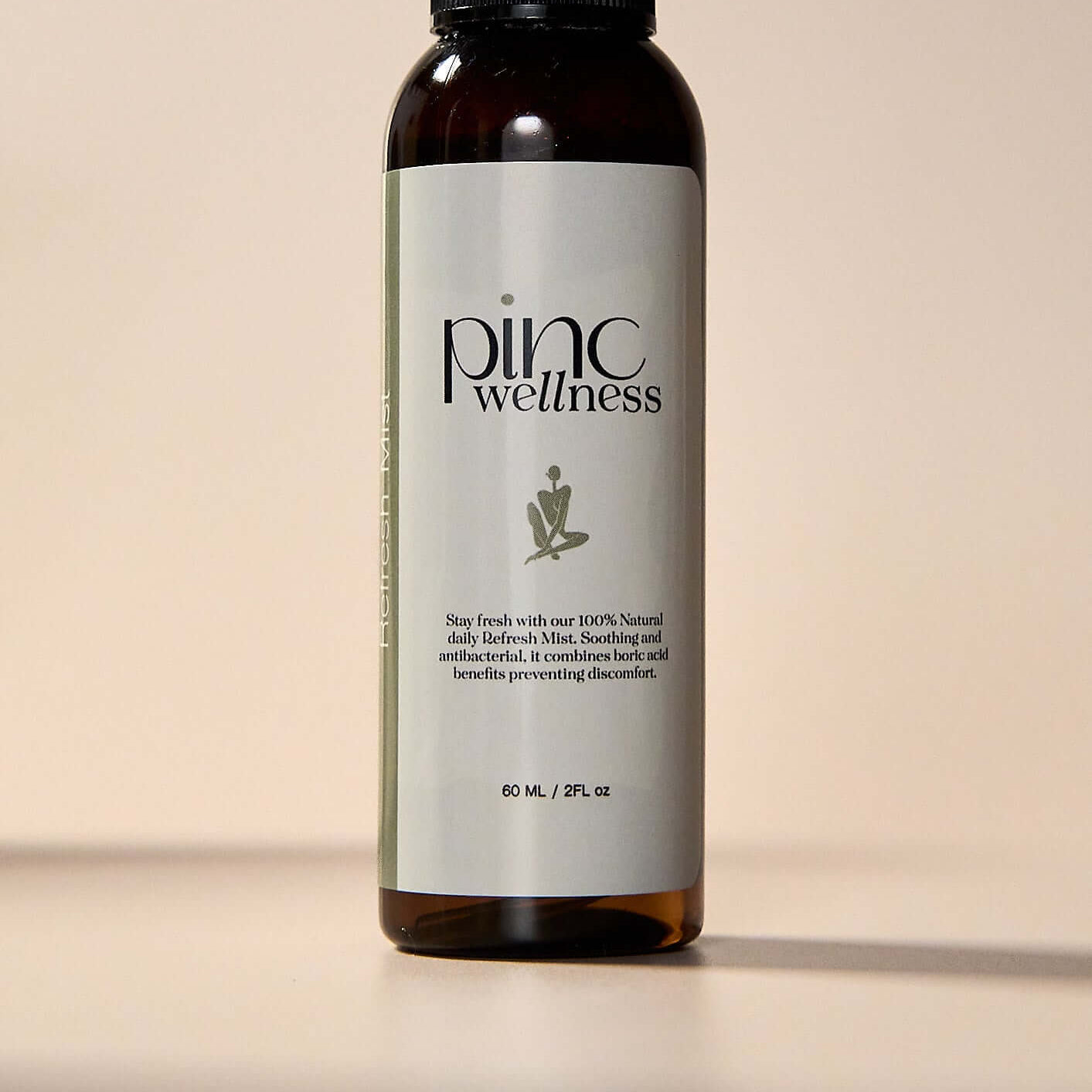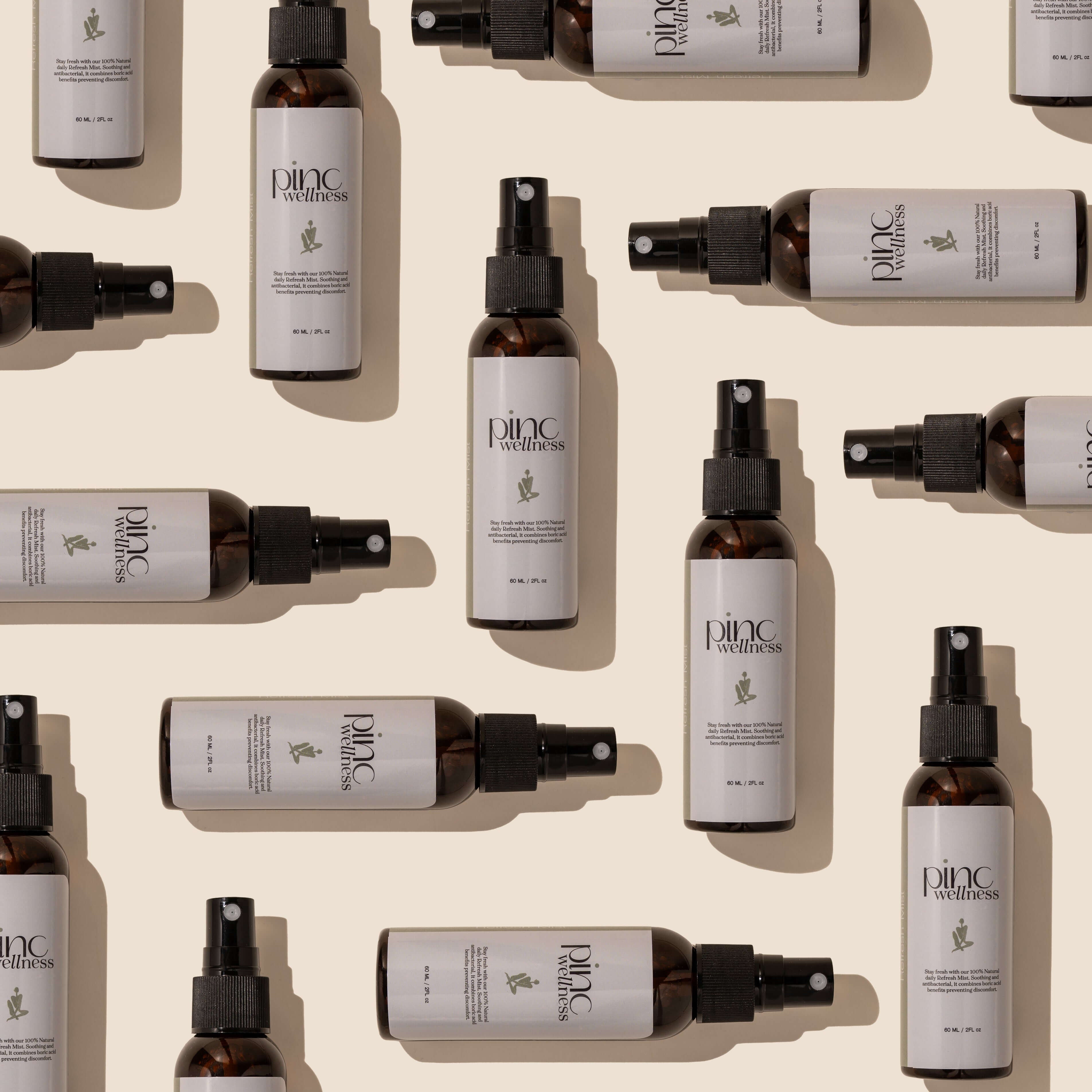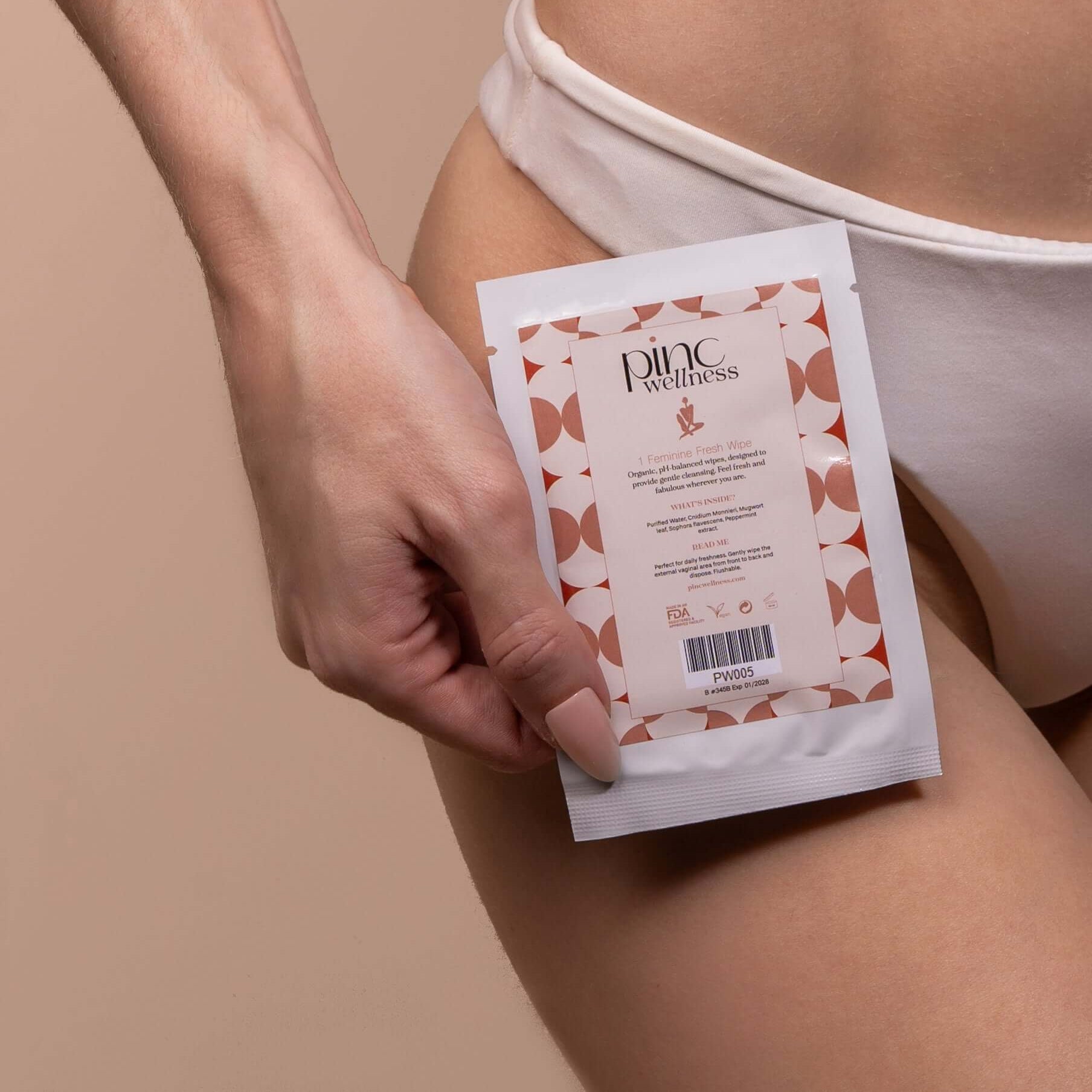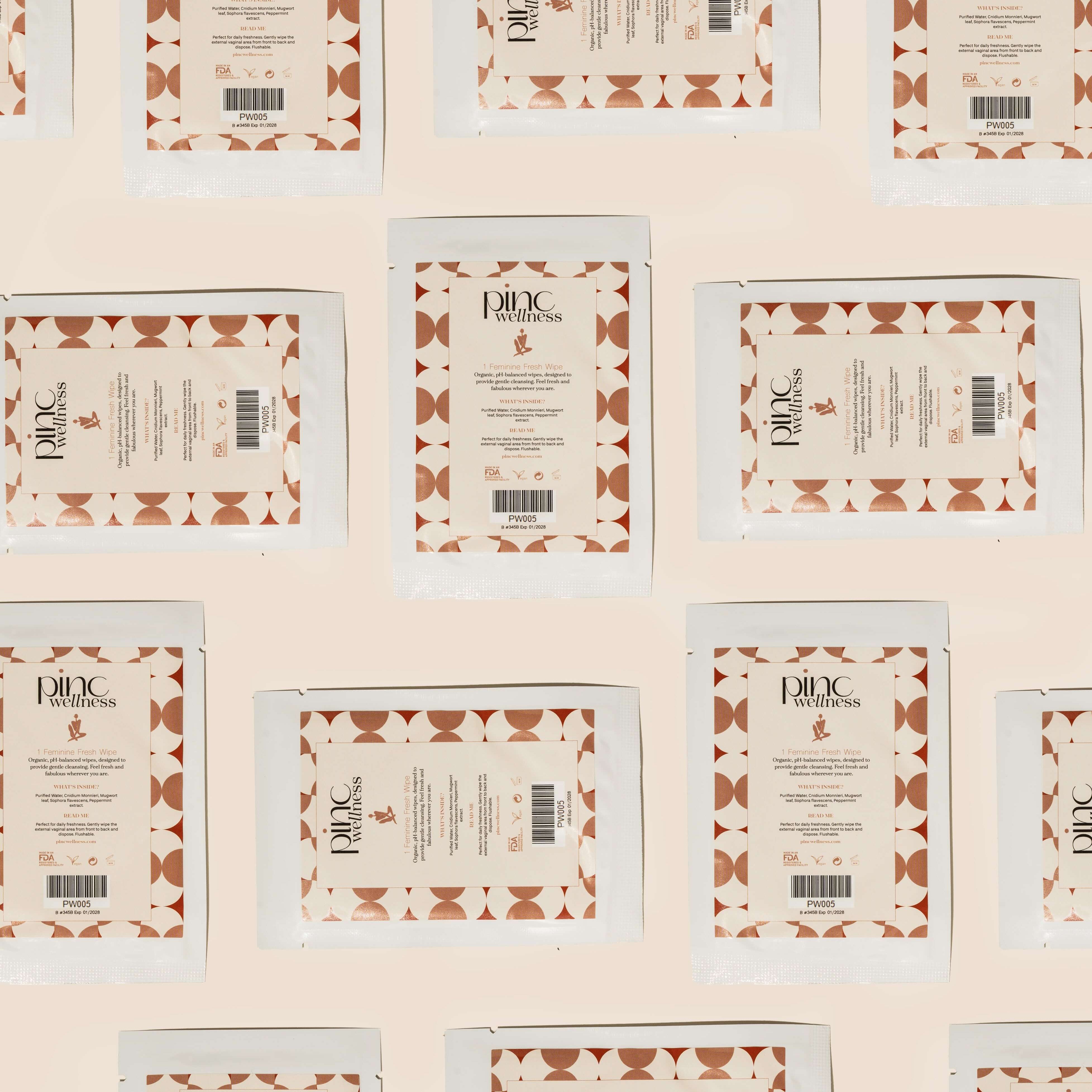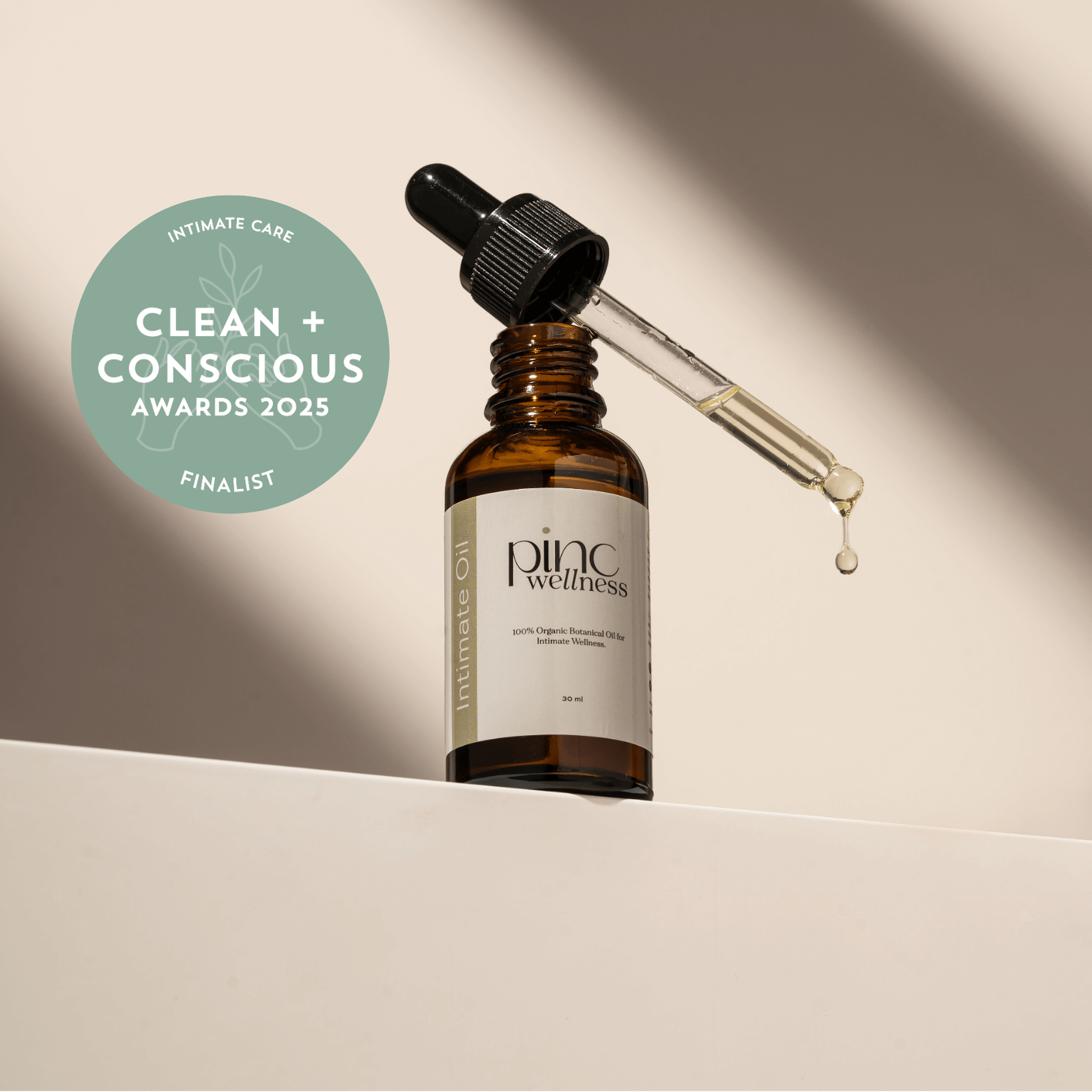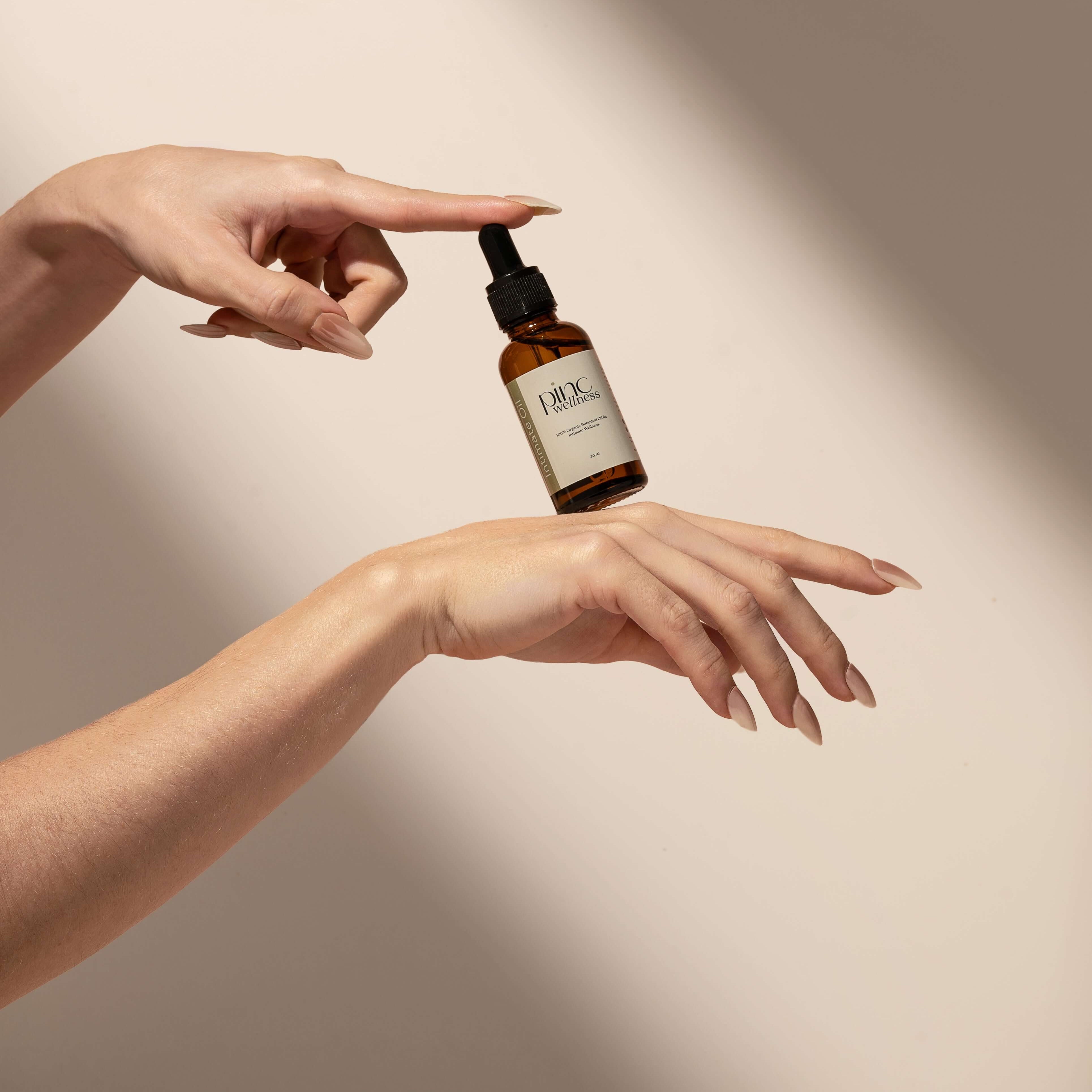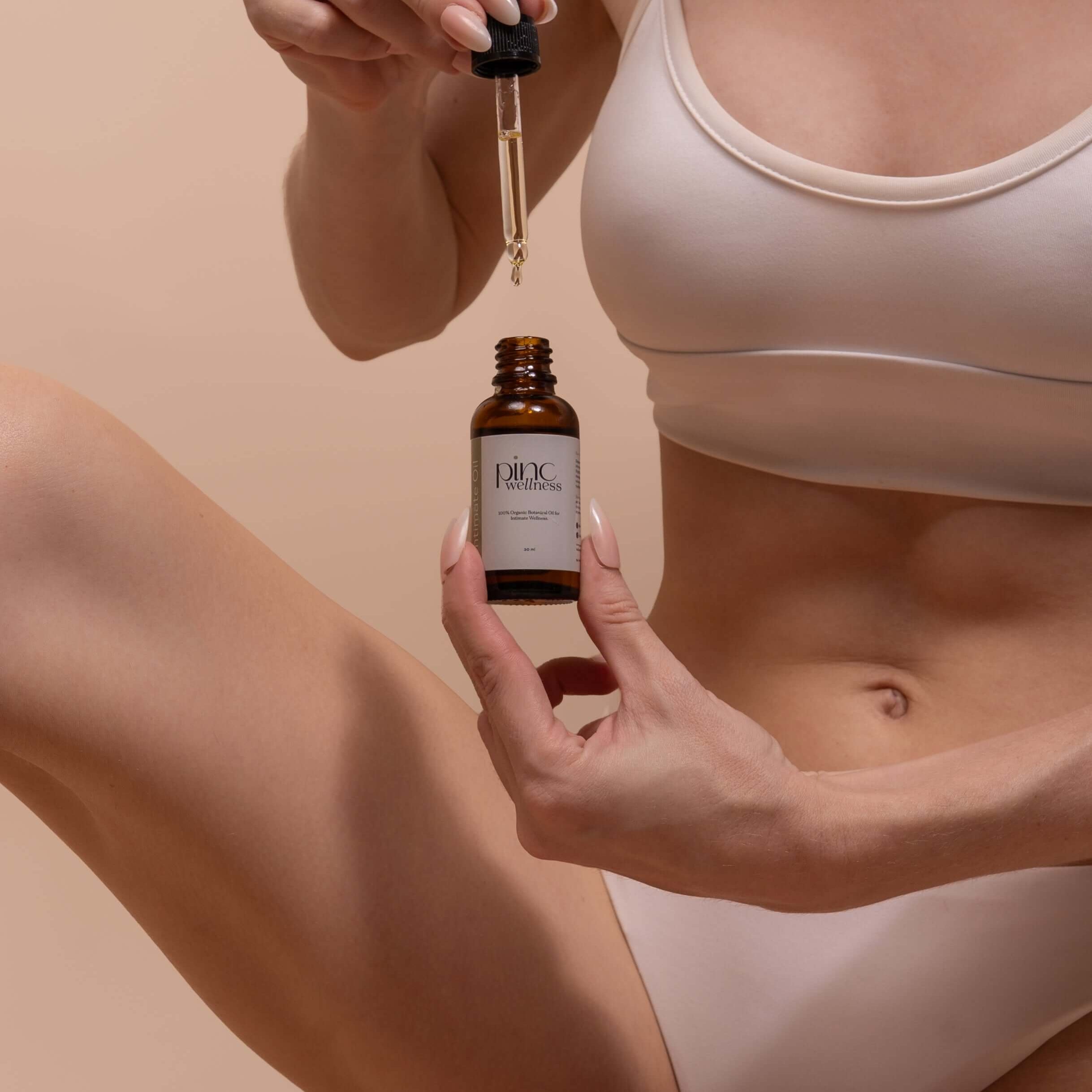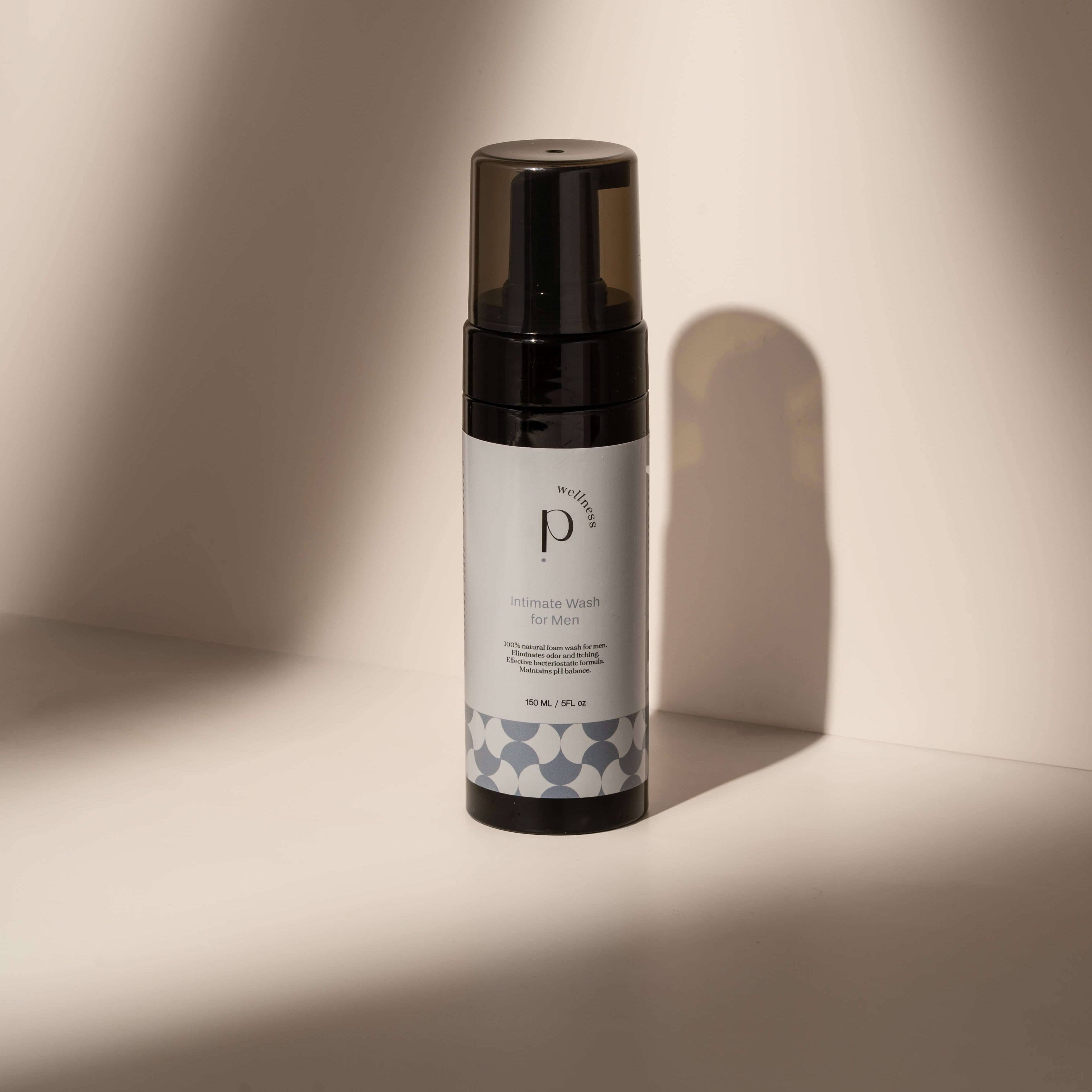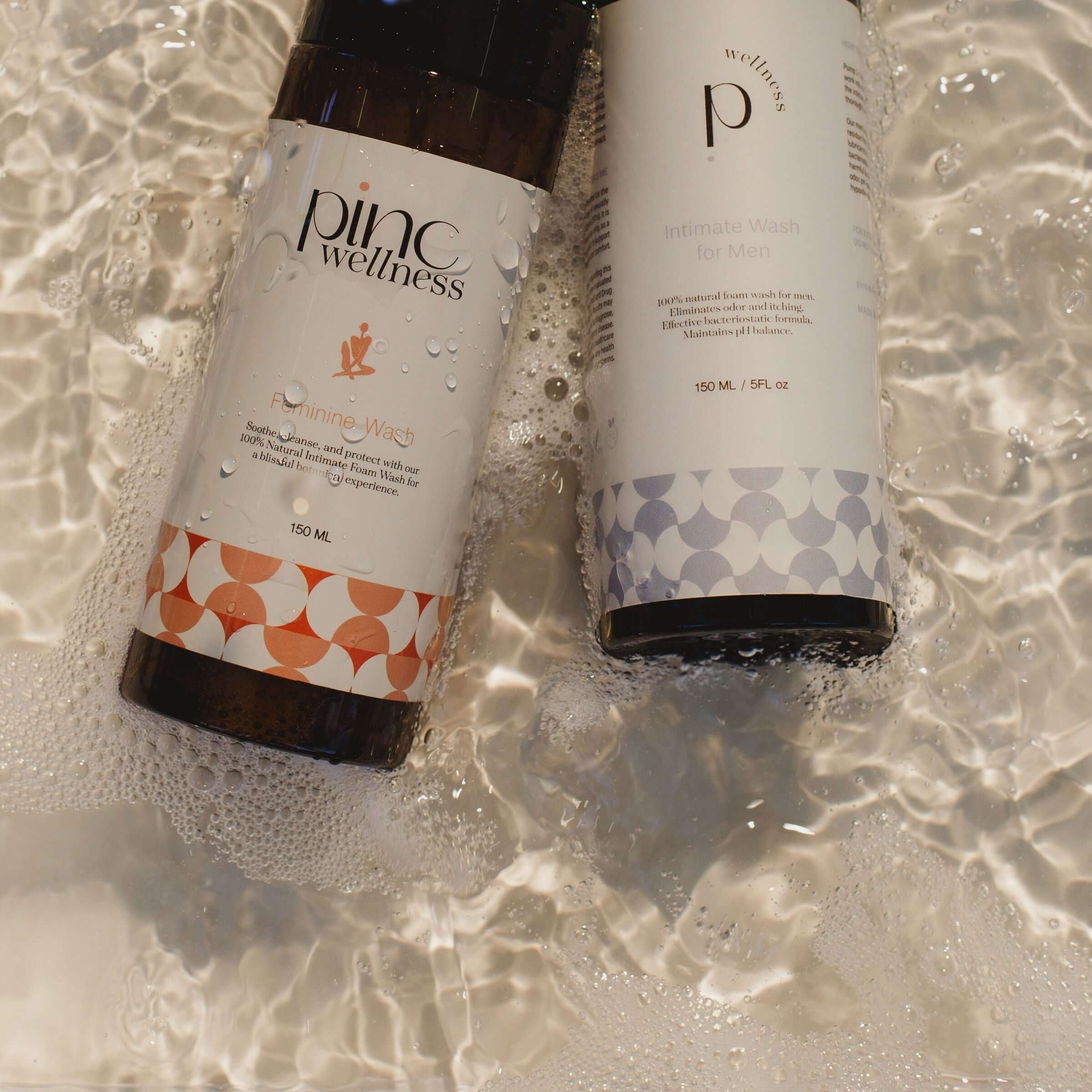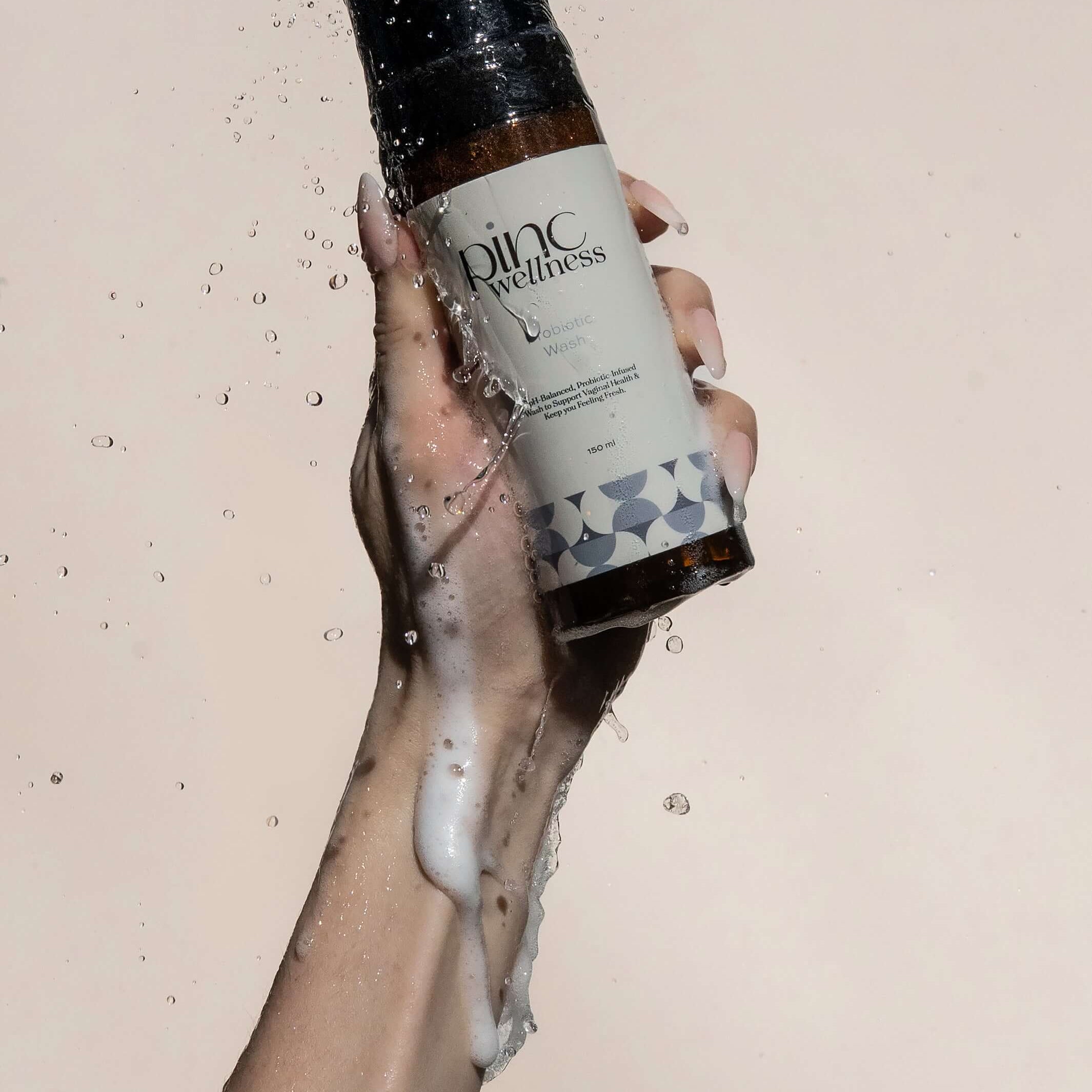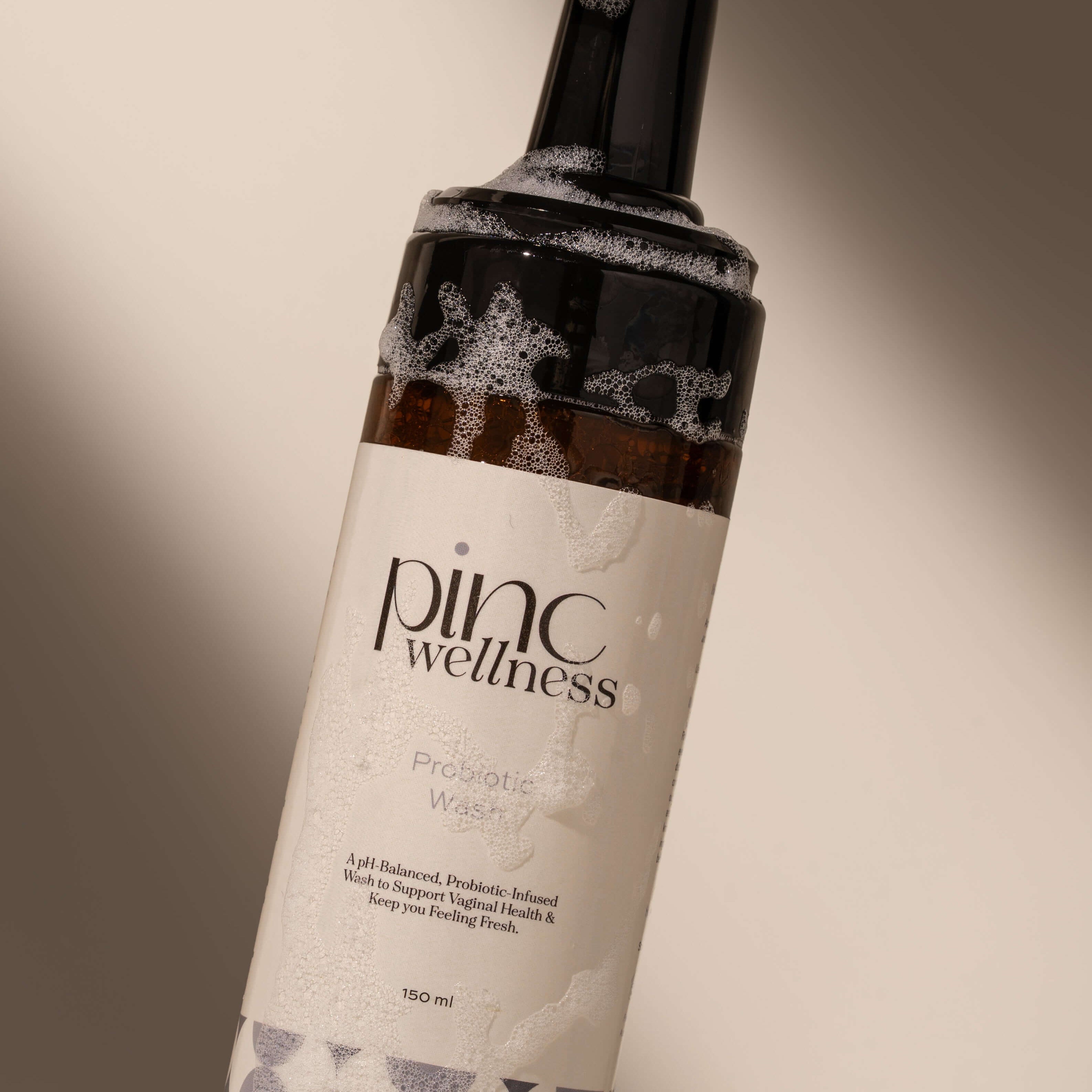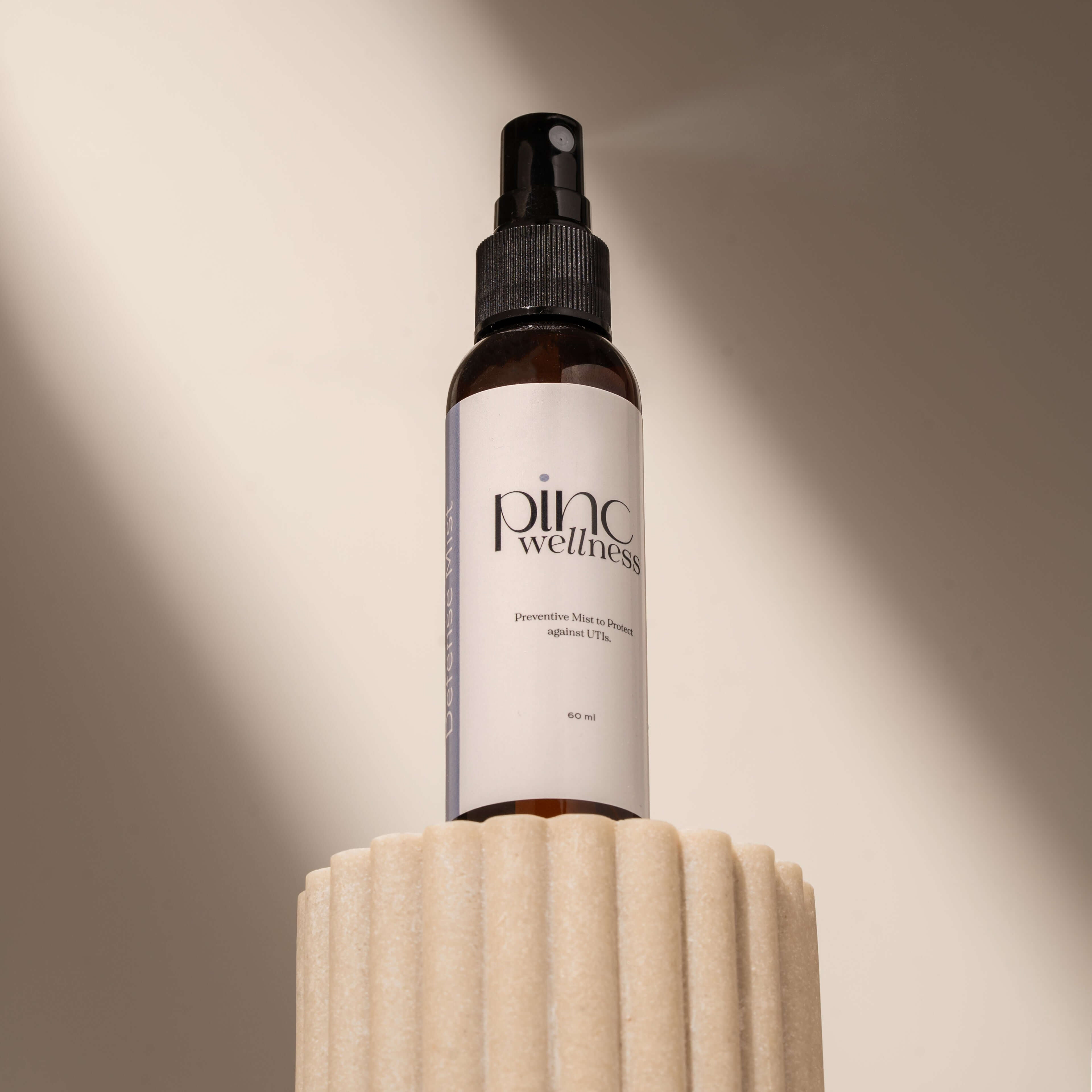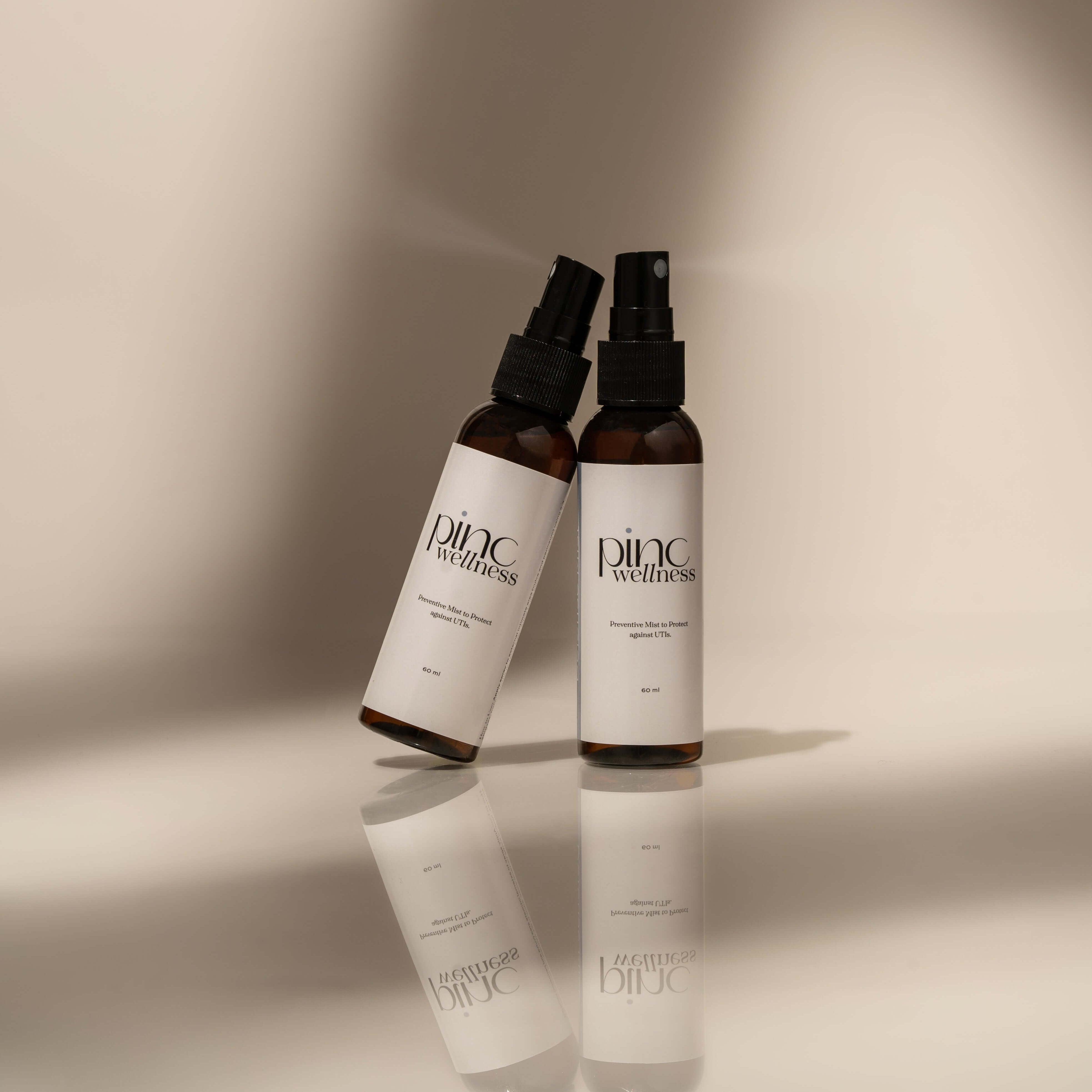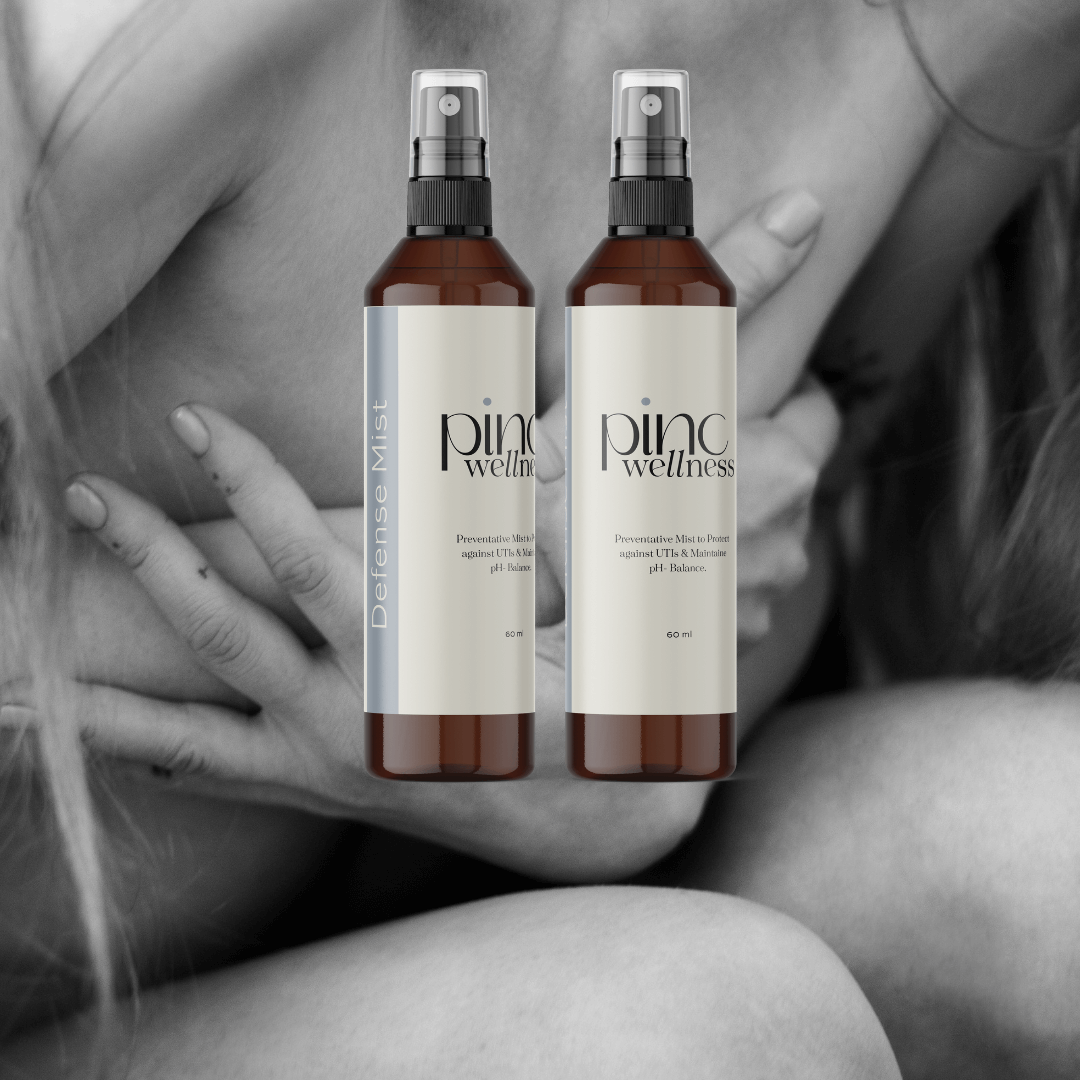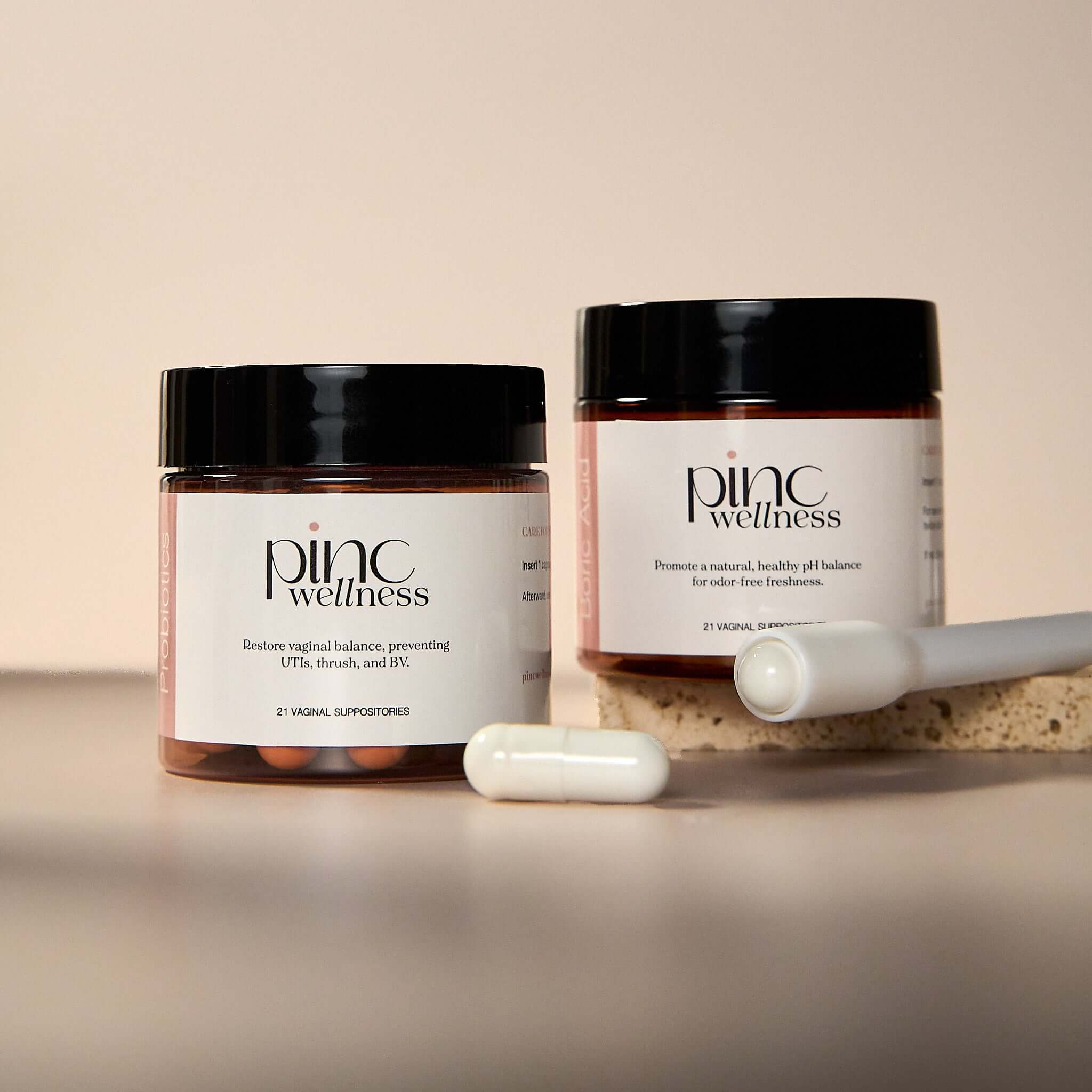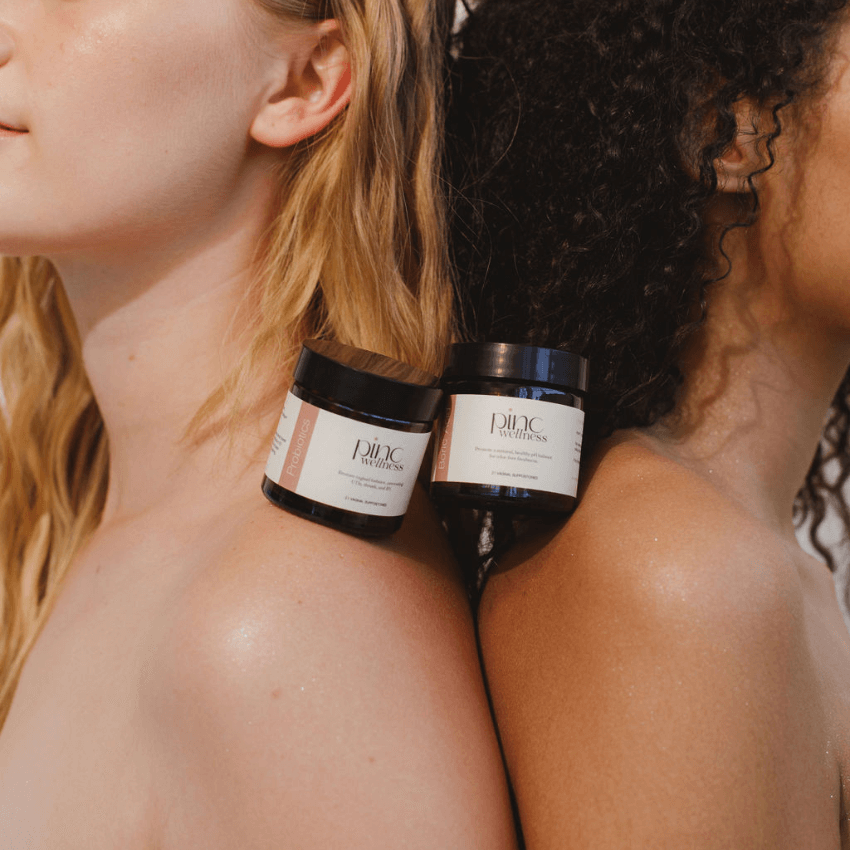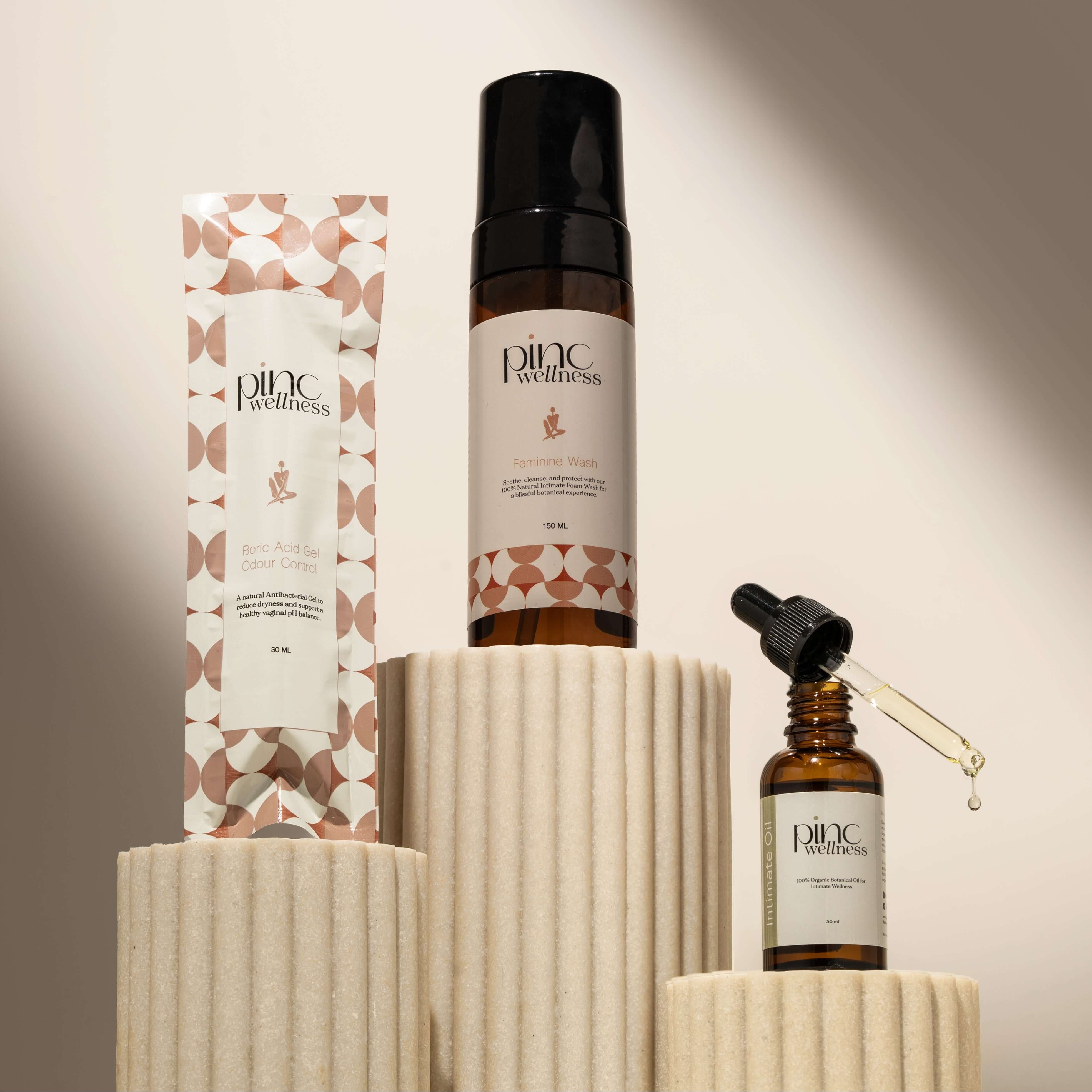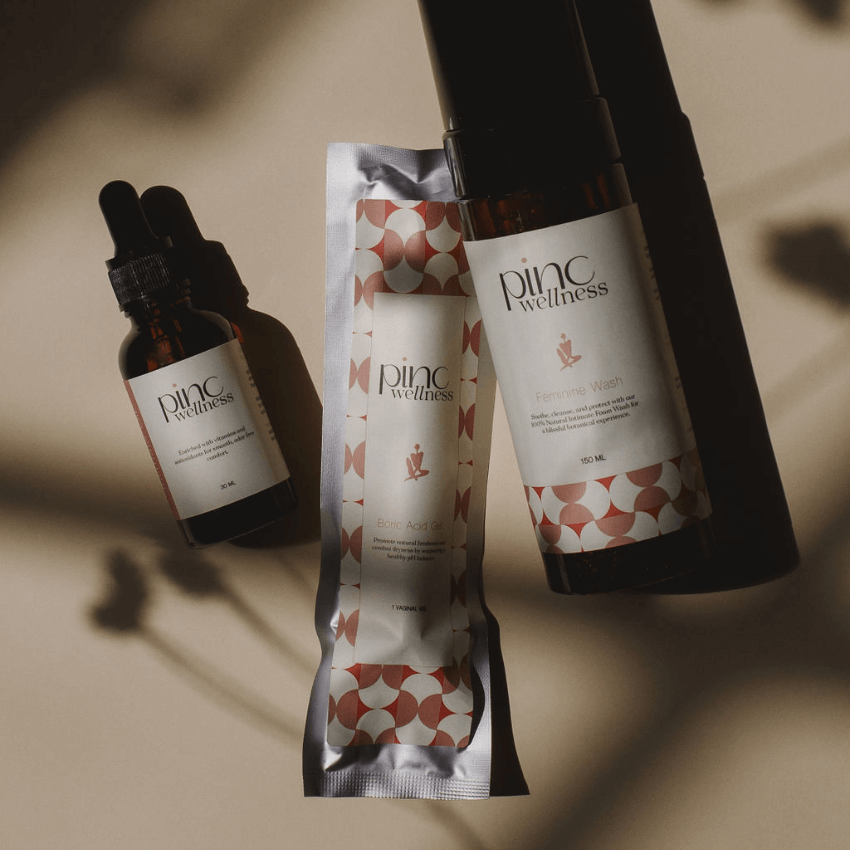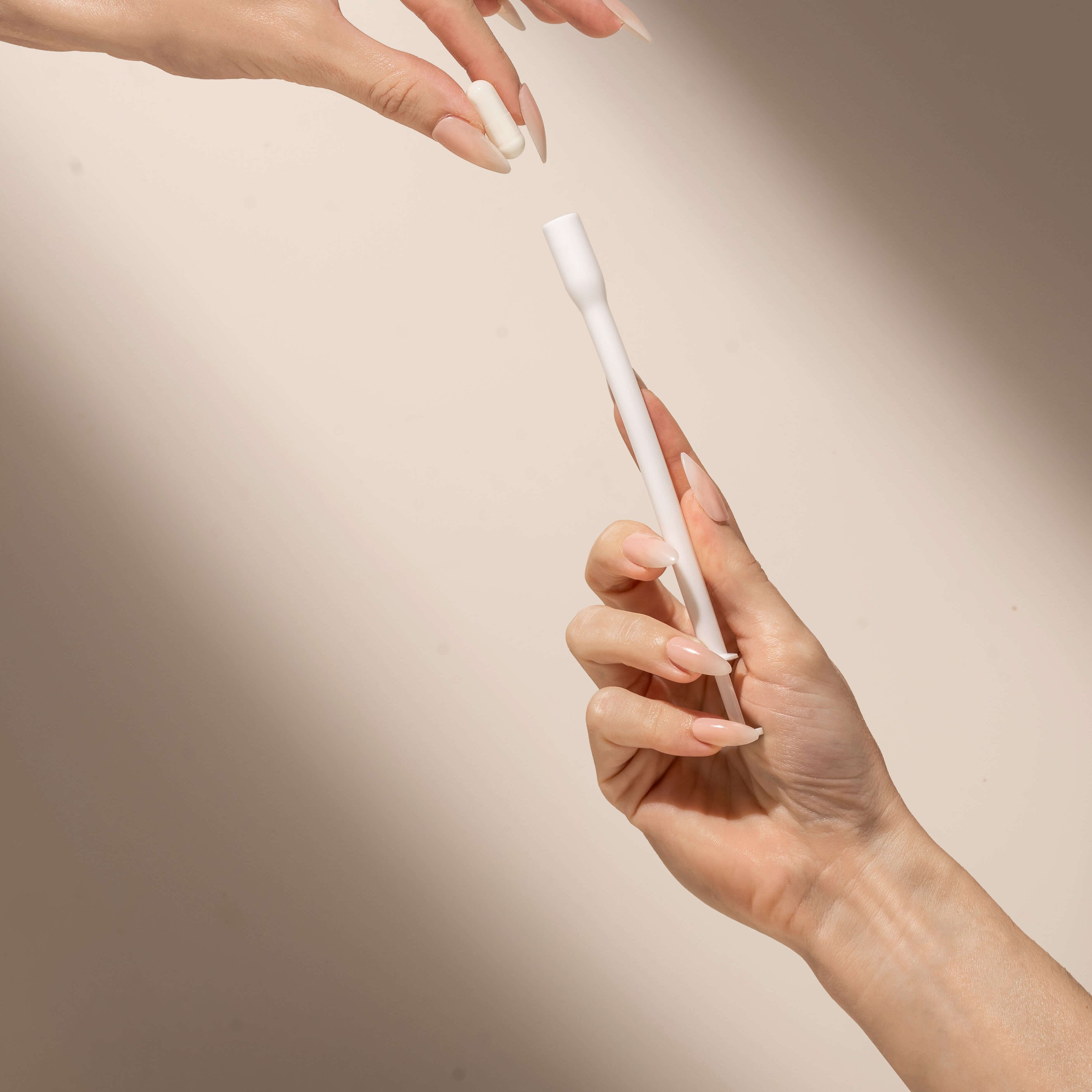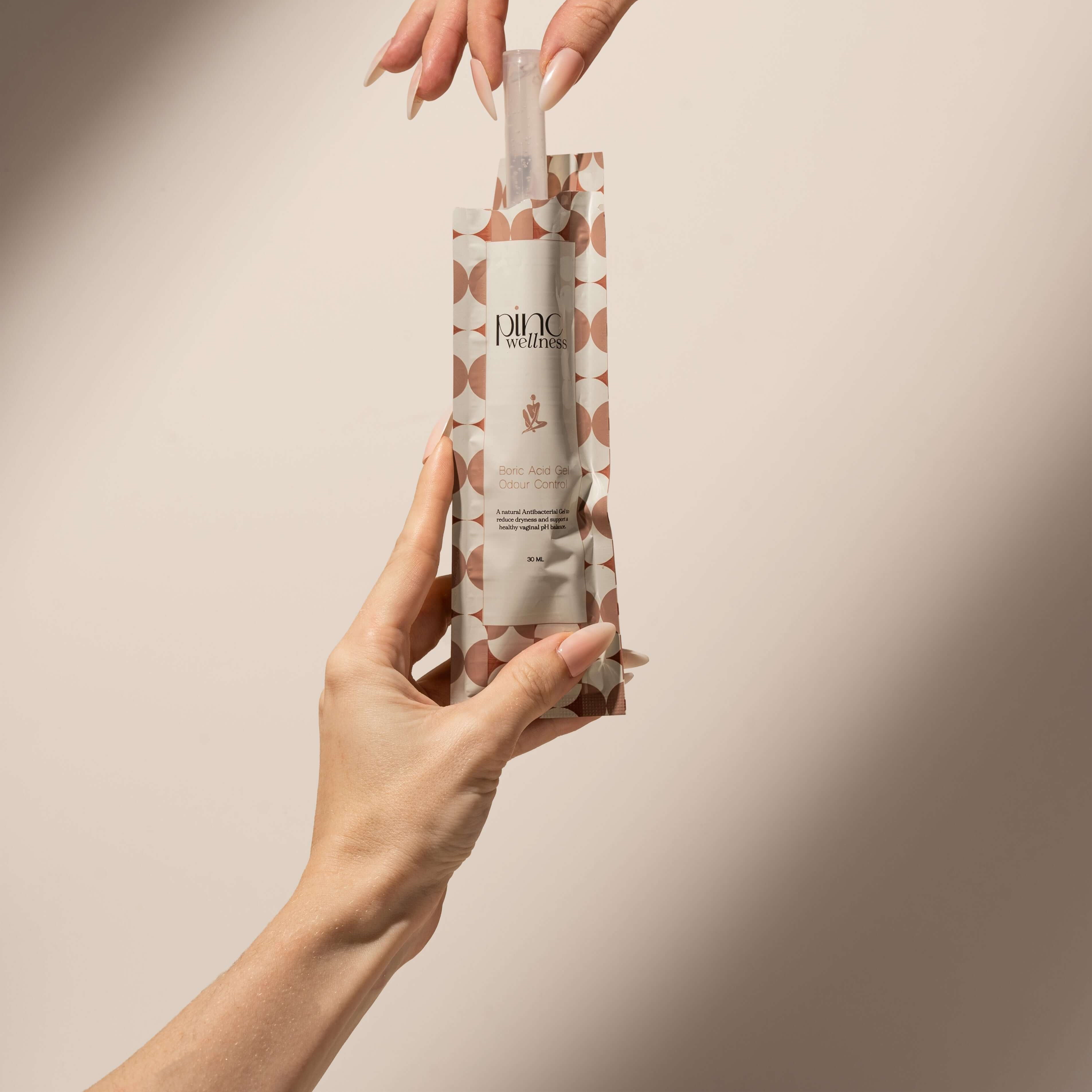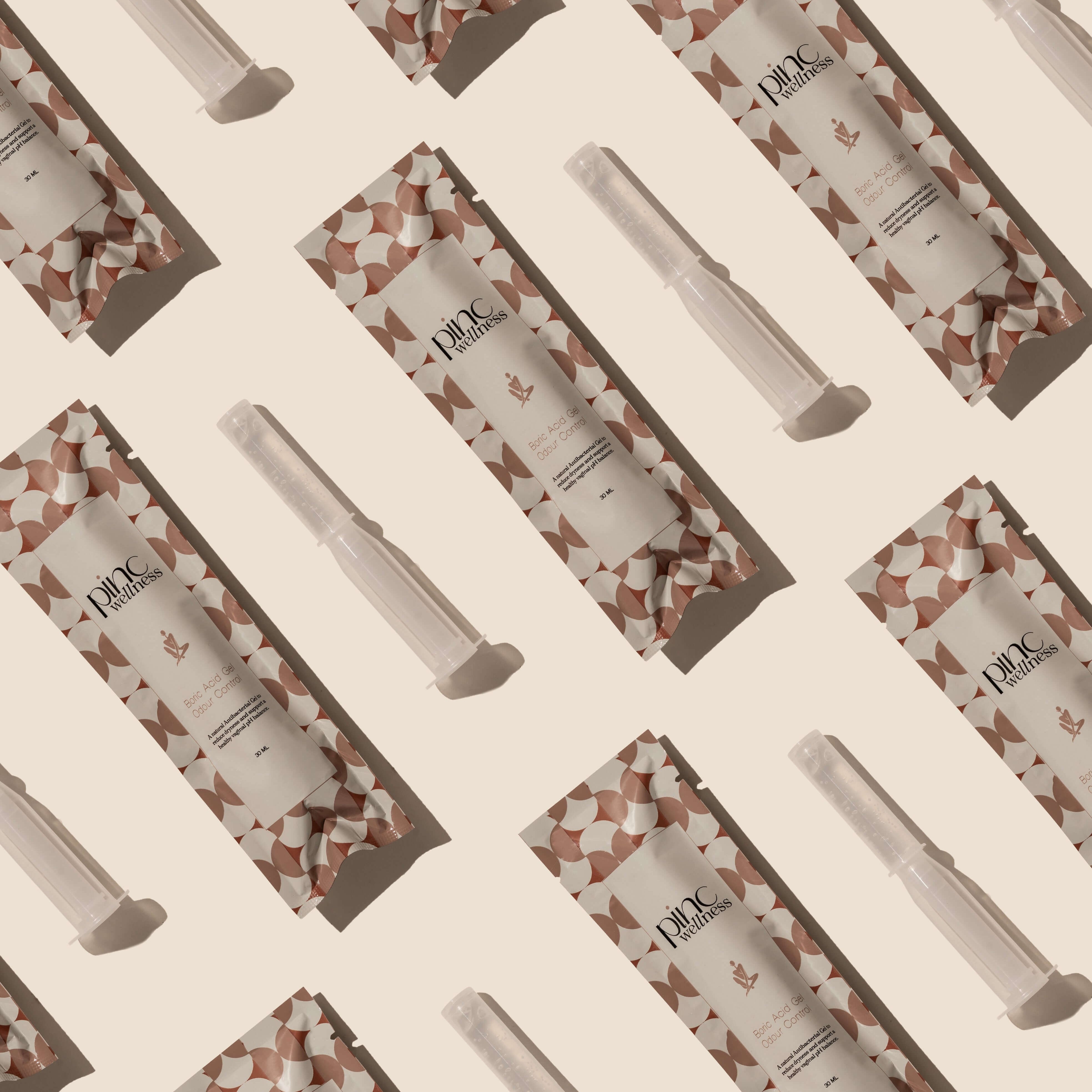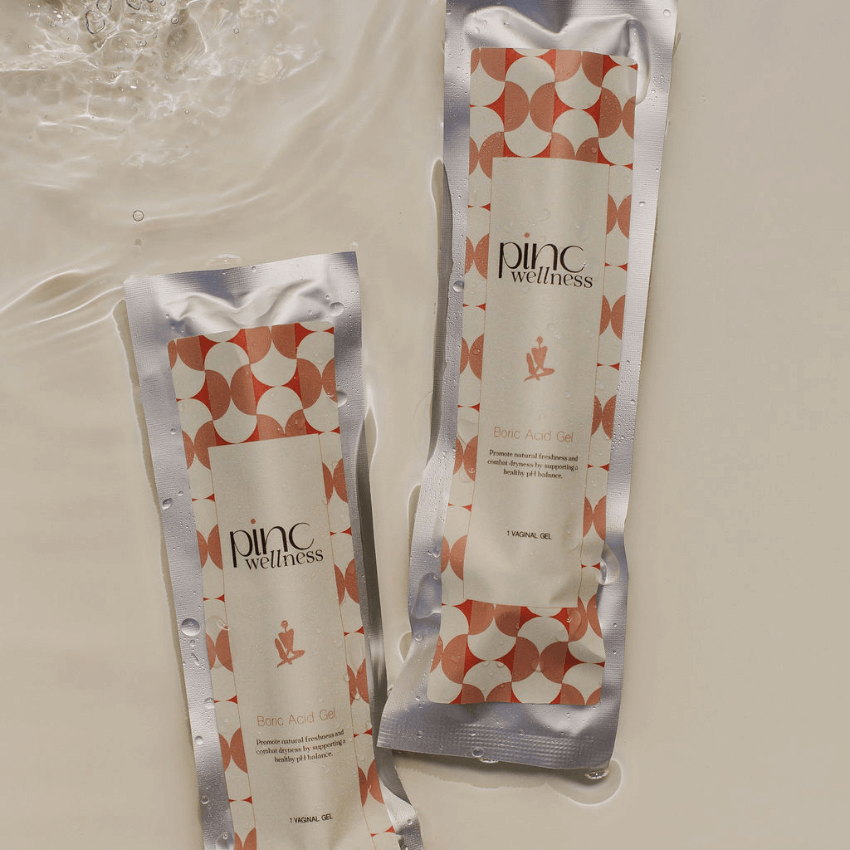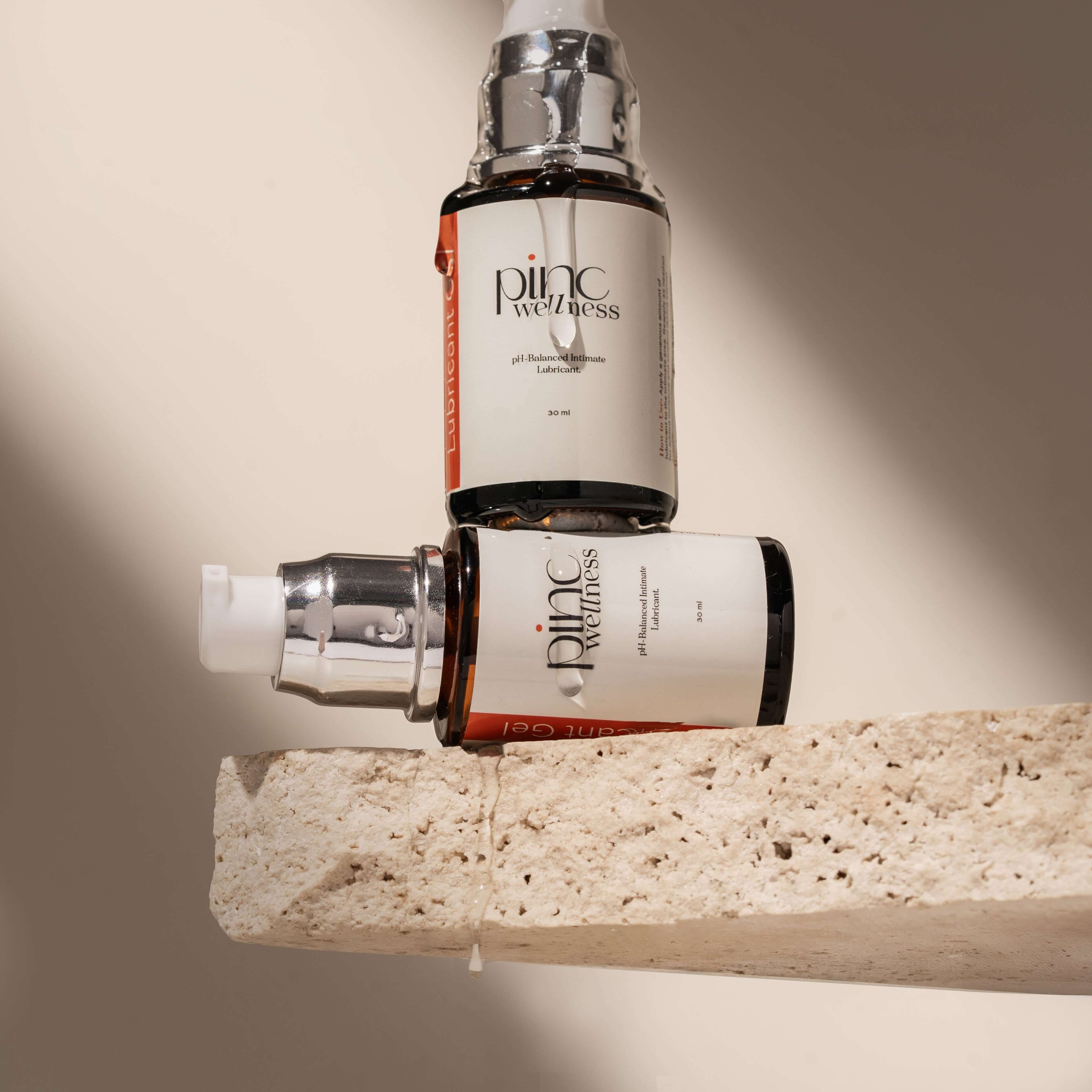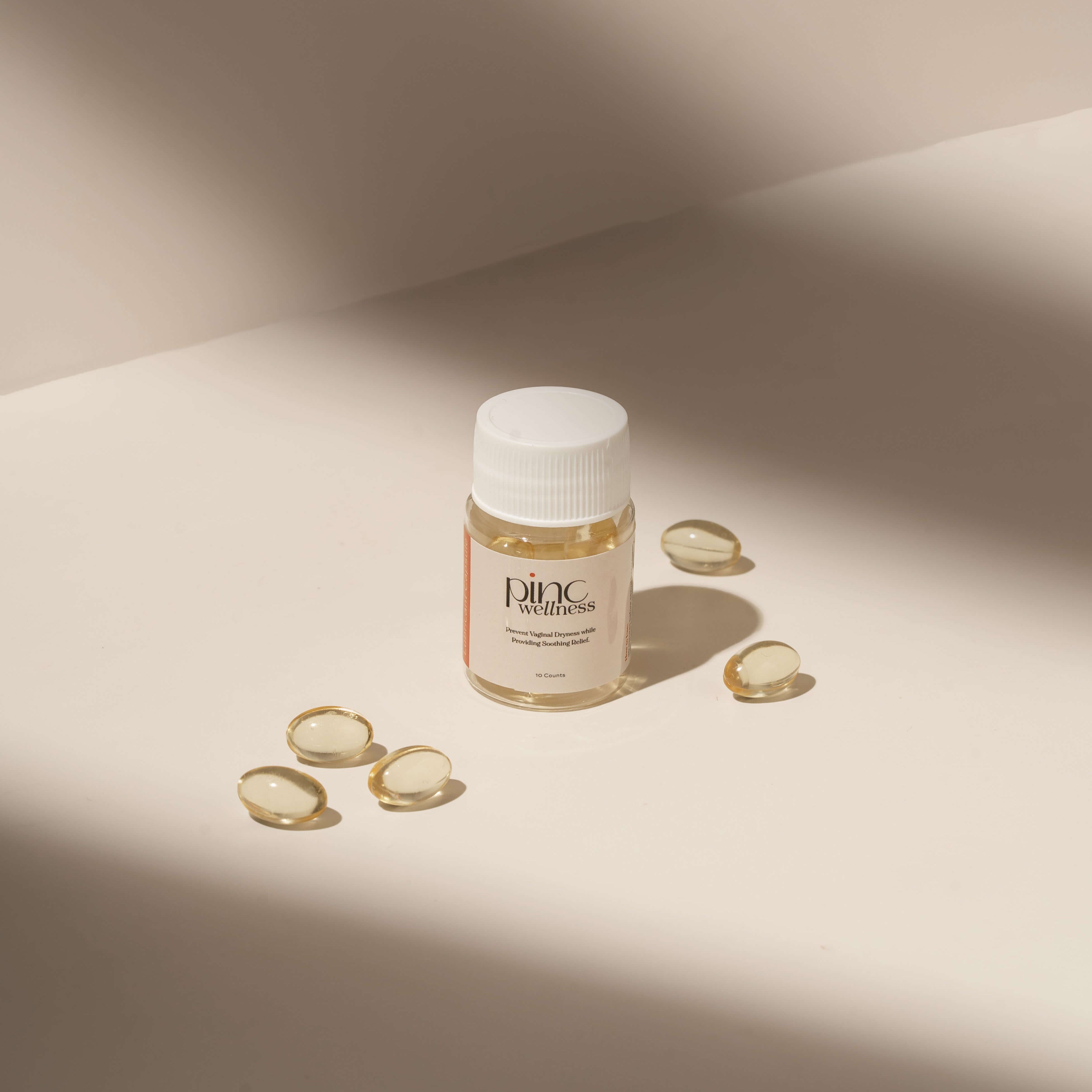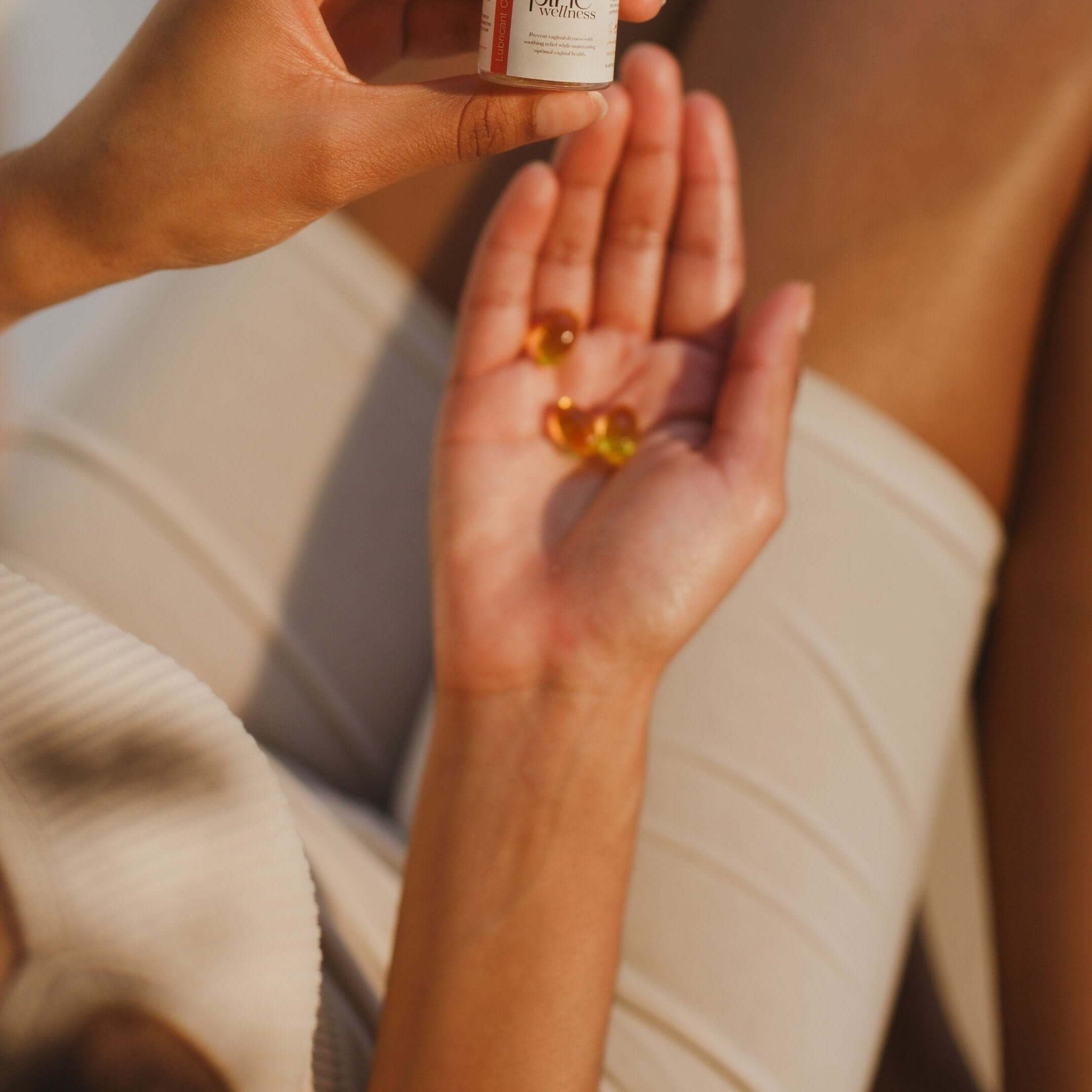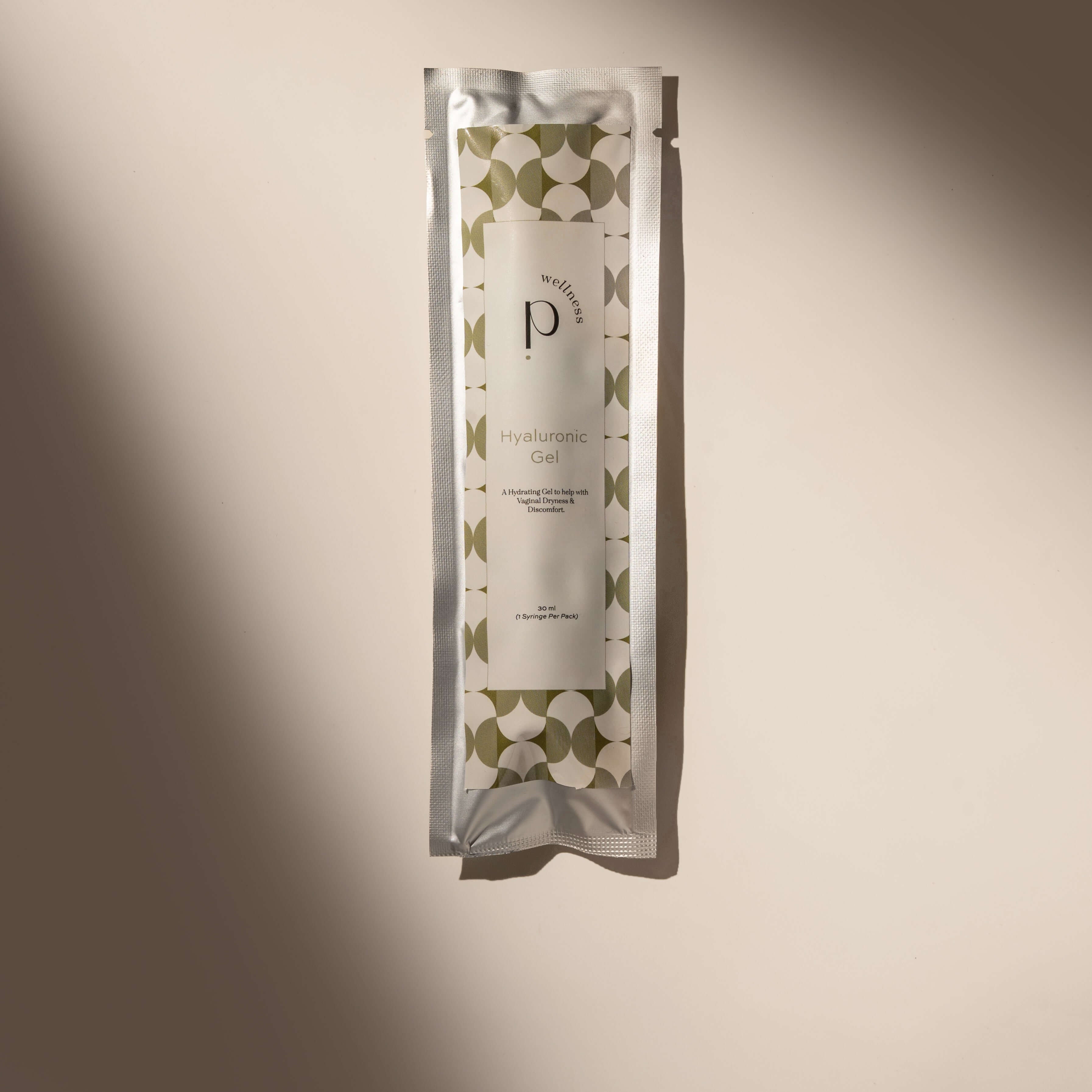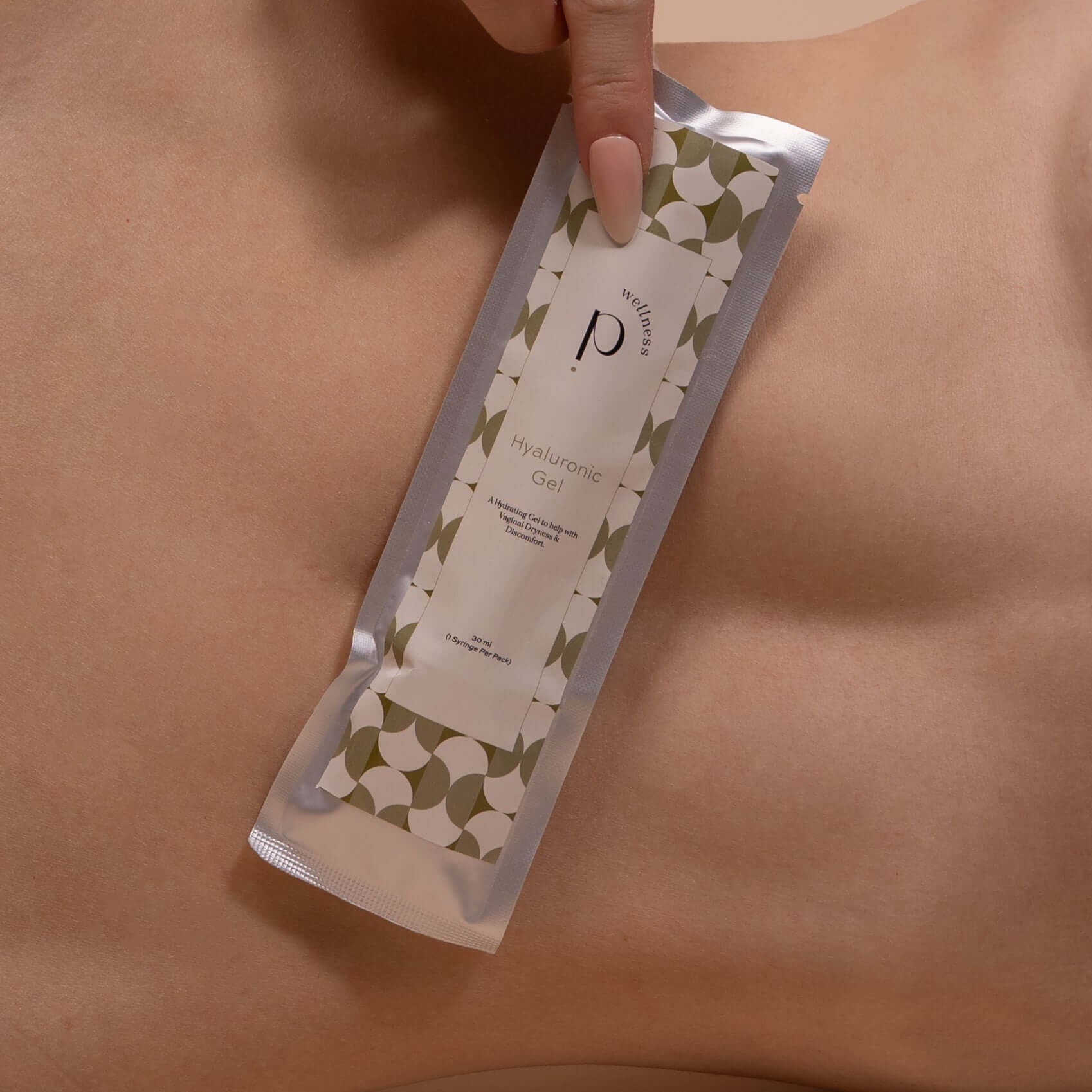Introduction
Many women diligently care for their intimate health, using probiotics, gentle washes, and “thrush” treatments—only to find themselves trapped in a cycle of burning, irritation, and stubborn white discharge. If you’ve been told you have thrush, but treatments never work (or even make things worse), you’re not alone. Cytolytic vaginosis (CV) is an under-recognized condition caused by an overgrowth of your own “good” bacteria, leading to uncomfortable symptoms and frustration. This expert guide reveals what CV is, why misdiagnosis is common, why probiotics sometimes worsen your symptoms, and how to restore vaginal comfort with science-backed, gentle strategies.
What is Cytolytic Vaginosis?
Cytolytic vaginosis (CV) occurs when Lactobacillus—the protective bacteria usually credited with keeping vaginal infections at bay—grow in excess. The result is an overly acidic vaginal environment (pH often below 3.8), which irritates sensitive tissues. Unlike bacterial vaginosis (BV), which features a decline in lactobacilli and an increase in “bad” bacteria, CV stems from too much of a good thing.
CV vs. other conditions:
-
Not thrush (yeast): Thrush is caused by Candida overgrowth, thrives in neutral or slightly alkaline conditions, and responds to antifungal treatments.
-
Not BV: BV has a high pH (>4.5) and is dominated by harmful bacteria such as Gardnerella.
-
CV: pH is very low (overly acidic), and discharge may be white, thick, or clumpy, but often lacks the cottage cheese odor of yeast infections.
Visual tip: Think of a pH scale—CV pushes it lower, not higher, than the ideal acidic zone.
Why Does Cytolytic Vaginosis Happen?
Here’s what triggers CV:
-
Excess probiotic/lactobacillus intake: Some women are “super responders” to probiotic capsules or suppositories, causing bacterial overgrowth and extreme acidity.
-
Antifungal overuse: Frequent, repeated use of thrush treatments actually fuels lactobacilli overgrowth in some cases.
-
Hormonal changes: Many women find symptoms peak before their period (low estrogen). Estradiol (dominant mid-cycle) usually counters excessive acidity.
-
Tight, synthetic underwear: Warm, moist conditions can contribute to microbiome imbalance.
-
Harsh or frequent washing: Ironically, aggressive “intimate care” routines may worsen symptoms if they tip the pH too far toward acidic.
Signs & Symptoms: Is It Really CV—Not Thrush?
Many doctors, and even patients, confuse CV with longstanding thrush. But classic signs of cytolytic vaginosis include:
-
Persistent itching, burning, or pain during sex or urination.
-
Thick, white or yellowish vaginal discharge—not smelly like BV, sometimes sticky or containing tiny clumps of “skin.”
-
Raw, irritated vulva, especially before menstruation.
-
Thrush treatments and boric acid don’t work—or aggravate symptoms.
-
Probiotics (especially lactobacillus-based) often make things worse.
-
Symptoms reliably improve during or after periods (as menstruation raises the vaginal pH), or after unprotected sex (as semen is alkaline).
-
Recurrence for months or years, often with negative yeast cultures.
Probiotics: A Problem (Sometimes)
It’s easy to think, “If my doctor talks about healthy flora and balance, more probiotics are better.” But in CV, adding more lactobacilli or using high-lactobacillus probiotic suppositories is exactly what your body does not need. For some, the “balance your flora” message leads to frustration and worsening burning. Individualized care—knowing what your microbiome needs (and what it doesn’t)—is crucial.
How is Cytolytic Vaginosis Diagnosed?
Diagnosis requires a careful approach:
-
Physical exam & history: Pattern of symptoms, response to treatments, cycle association, and “frustrated thrush” history are clues.
-
Wet mount microscopy: Shows large numbers of lactobacilli, fragmented epithelial cells, and often a very low pH.
-
Negative cultures for yeast and BV: Helps rule out other causes.
-
Advanced/modern tests: Some clinics and labs now offer comprehensive vaginal microbiome sequencing (at higher cost), confirming a dominance of lactobacilli.
Doctors often miss or dismiss CV simply because awareness is low, so educate yourself and advocate for specific tests.
Evidence-Based Treatment: What Really Works?
1. Stop or Pause Probiotics and Antifungals
-
Discontinue vaginal probiotics and most oral lactobacillus supplements temporarily.
-
Stop antifungal creams or boric acid. These can make over-acidity and irritation worse.
2. Gentle pH Restoration with Baking Soda
-
Baking soda sitz bath: Soak in a warm shallow bath with 1–2 tablespoons of baking soda for 10–15 minutes, 1–2 times daily for up to a week.
-
Baking soda douching (last resort): Some women benefit from a very dilute baking soda douche (¼–½ teaspoon baking soda in 1 cup of cooled boiled water), used once and only after consulting a healthcare provider.
-
Note: Baking soda raises vaginal pH, reducing lactobacillus numbers and relieving irritation. It is low-cost and time-tested but should be used with care. Never overuse douching.
3. Choose pH-Balanced, Gentle Intimate Care
-
Switch to fragrance-free, hypoallergenic, pH-balanced intimate washes (like Pinc Wellness) to maintain a healthy environment without disrupting flora.
-
Avoid all perfume, soap, or harsh cleansing agents.
4. Lifestyle Tweaks for Ongoing Support
-
Wear cotton underwear and change out of workout/swimsuit attire quickly.
-
Avoid pantyliners and super-absorbent hygiene products unless needed for your period.
-
Track your cycle and symptoms in a diary—you’ll soon learn your pattern and “danger zones” for possible recurrence.
-
Pause intercourse during flares if it’s painful.
Recurrence and When to Get Help
CV is not dangerous, but it is distressing and can be life-disrupting. Sometimes cases linger or fail to respond. Get professional help if:
-
Symptoms persist despite trying baking soda and pausing probiotics.
-
Bleeding, severe pain, or fever develop.
-
Standard thrush/BV tests are repeatedly negative but your discomfort continues.
Busting Myths and Empowering Women
-
Myth: “Too much good bacteria isn’t possible.”
Reality: Balance is key—even healthy lactobacilli can cause problems if overgrown.
-
Myth: “Probiotics always help.”
Reality: Not in CV. Sometimes, they worsen symptoms dramatically.
-
Myth: “If thrush remedies don’t work, double down.”
Reality: More antifungals can make the problem worse; stop and rethink your approach.
Why Choose Pinc Wellness?
Pinc Wellness is built on advocacy, gentle science, and real evidence for real bodies. Our products are:
-
pH-balanced and gentle, never over-acidifying.
-
Fragrance-free, hypoallergenic, and clinically reviewed.
-
Supported by customer experiences—“I tried every thrush remedy, but only Pinc’s gentle wash and cycle tracking helped me get real relief.”
-
Paired with expert education and easily accessible support, so you’re never left guessing.
Action Plan: Real Relief in 4 Steps
-
Track symptoms and triggers—especially before periods and after trying new products.
-
Pause all nonessential probiotics and antifungal products during a flare.
-
Use a gentle, pH-balanced wash and try a baking soda soaks if symptoms persist.
-
Seek advanced testing and support if symptoms don’t resolve within a couple of weeks.
Conclusion: Comfort, Clarity, and Confidence are Possible
Cytolytic vaginosis doesn’t mean you’ve failed at self-care—it means your body’s balance is off, not your hygiene or habits. With the right information and gentle, science-backed strategies, you can break the cycle of irritation, reclaim your comfort, and move beyond years of misdiagnosed “thrush.” Trust your instincts, demand balance—not just “more acid”—and let Pinc Wellness support you at every step of your vaginal health journey.

